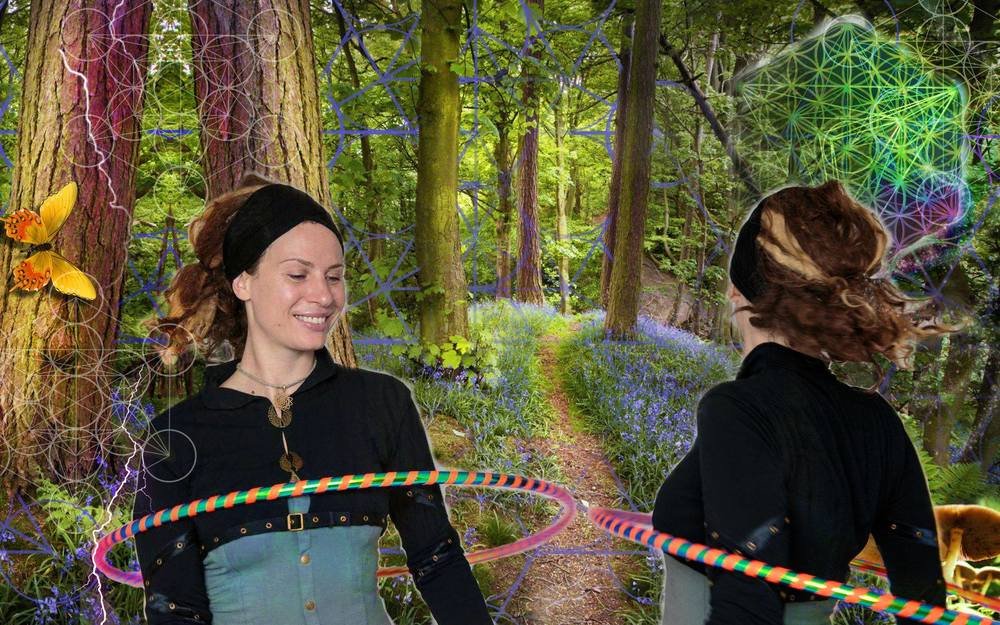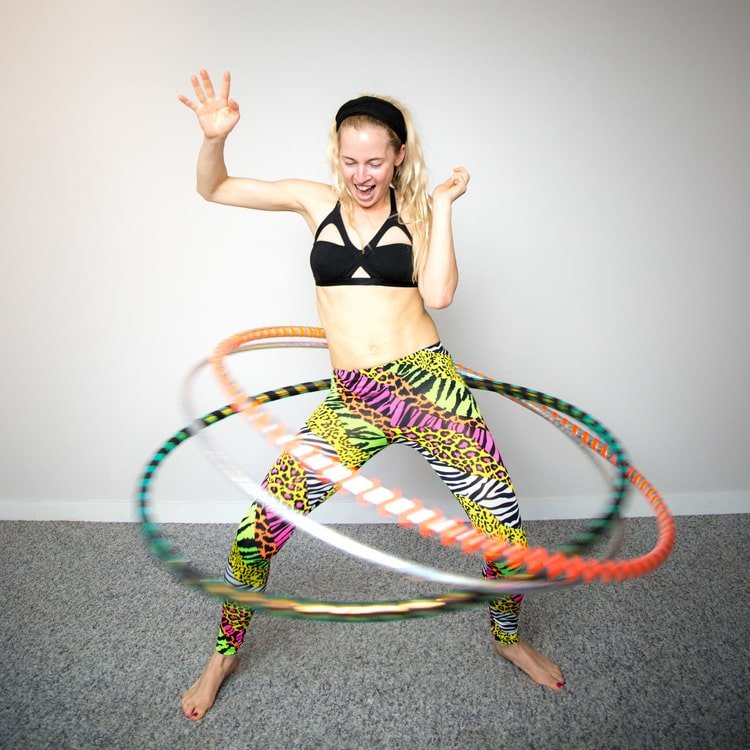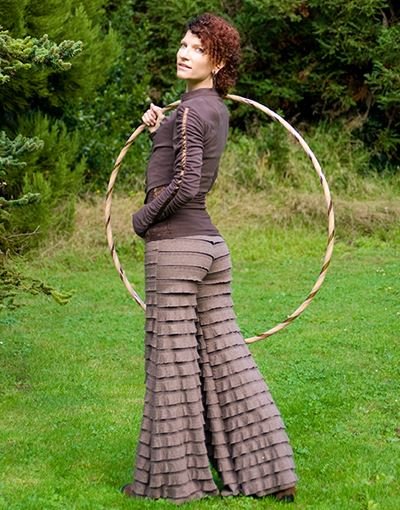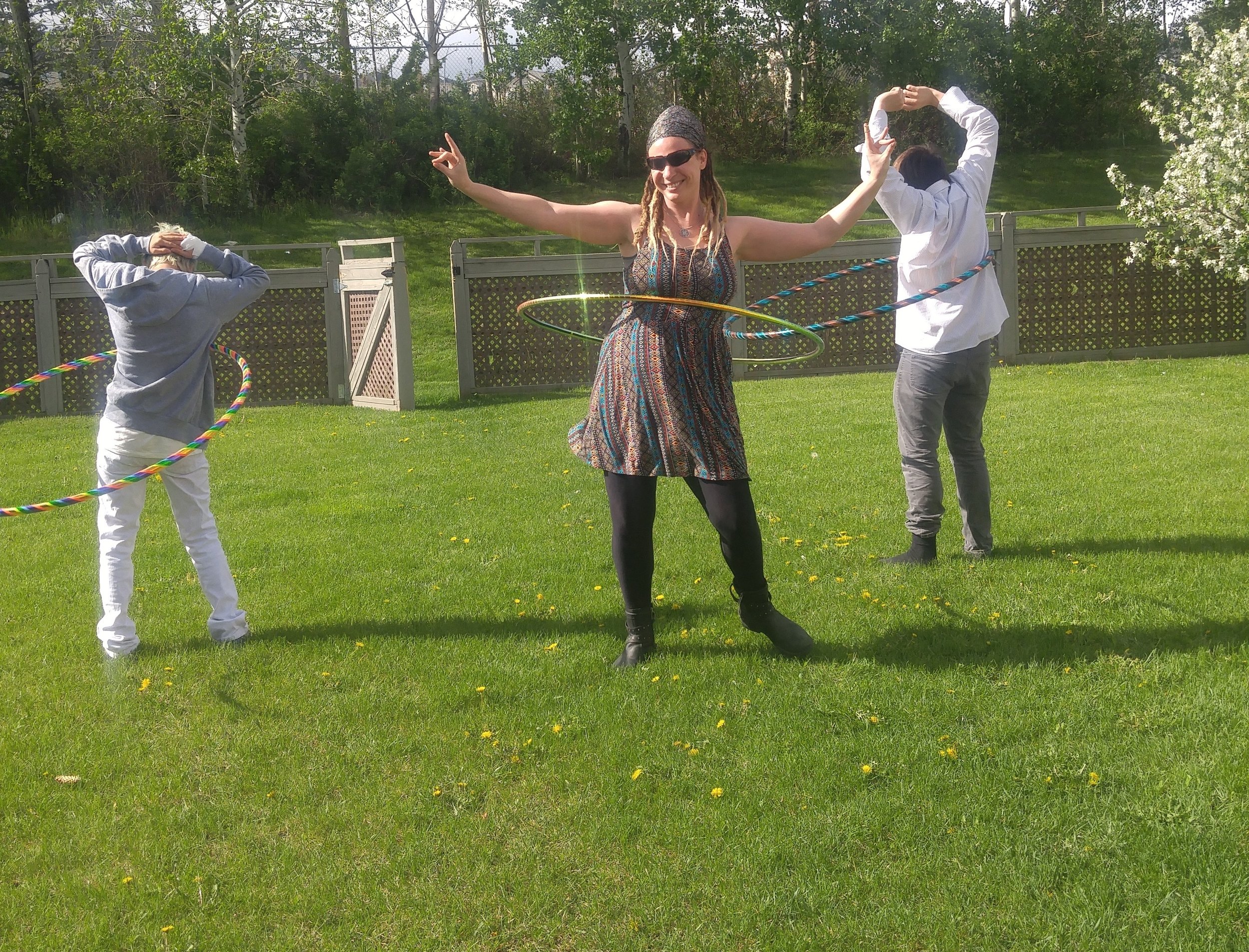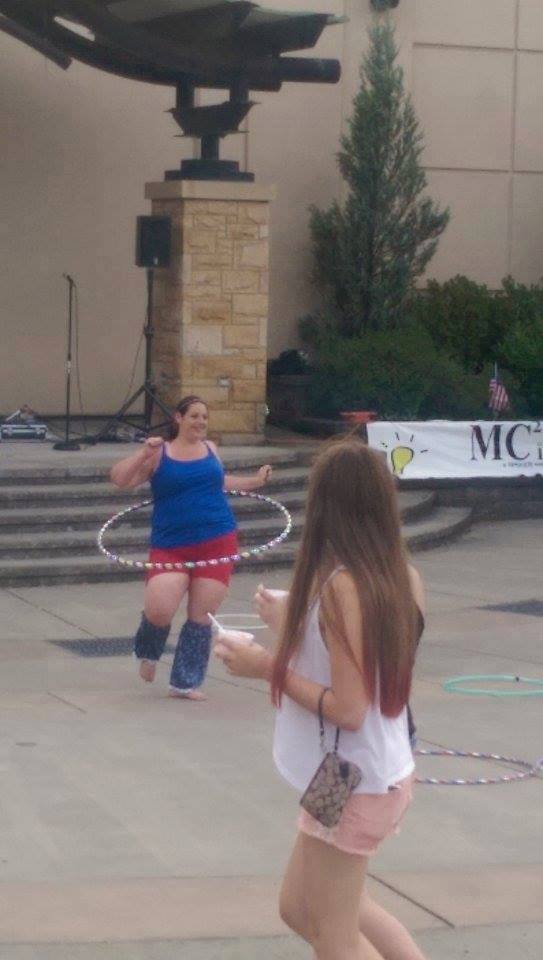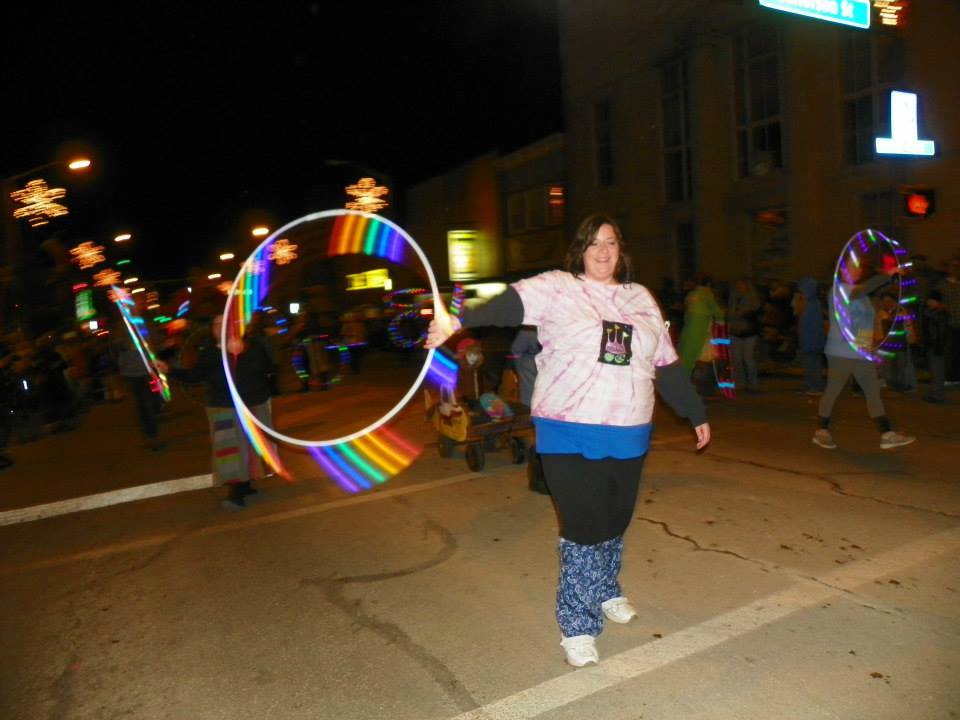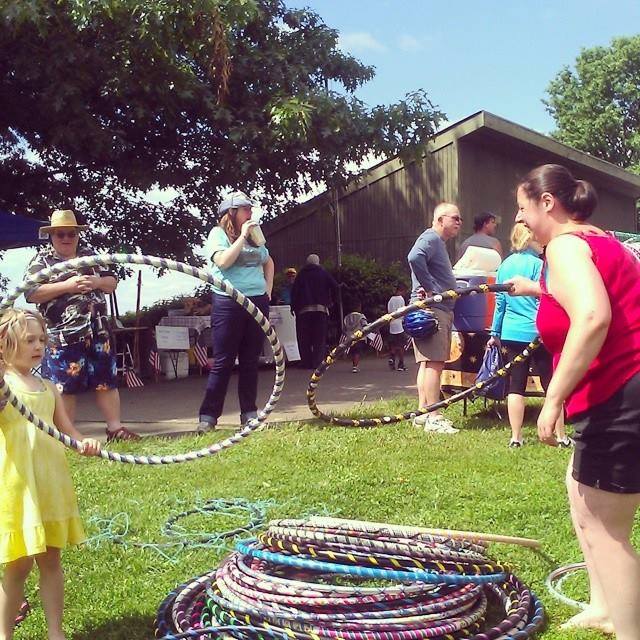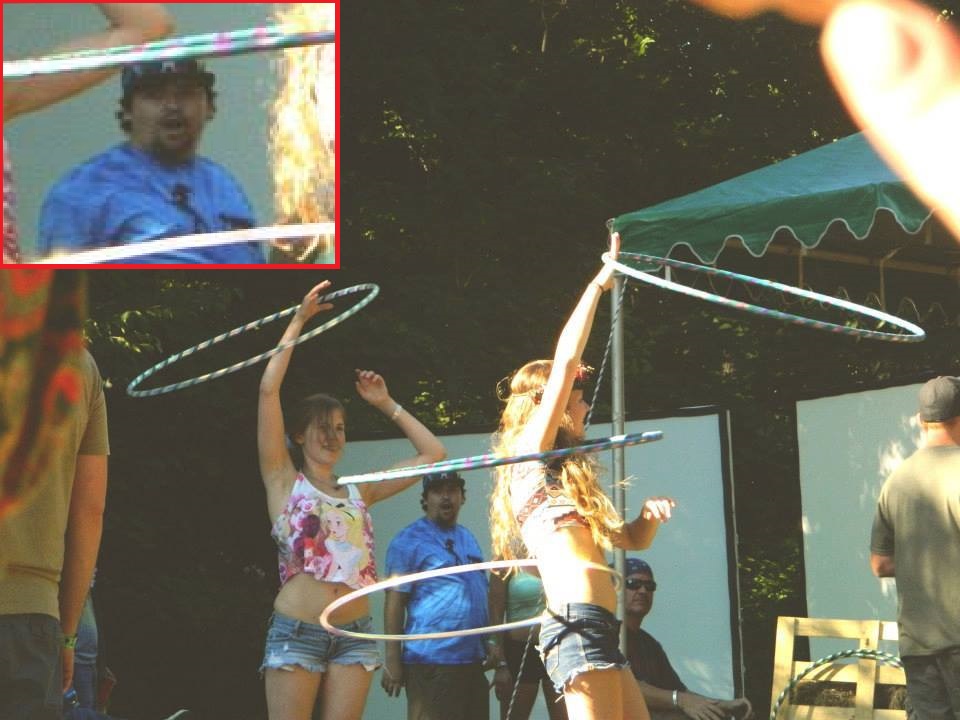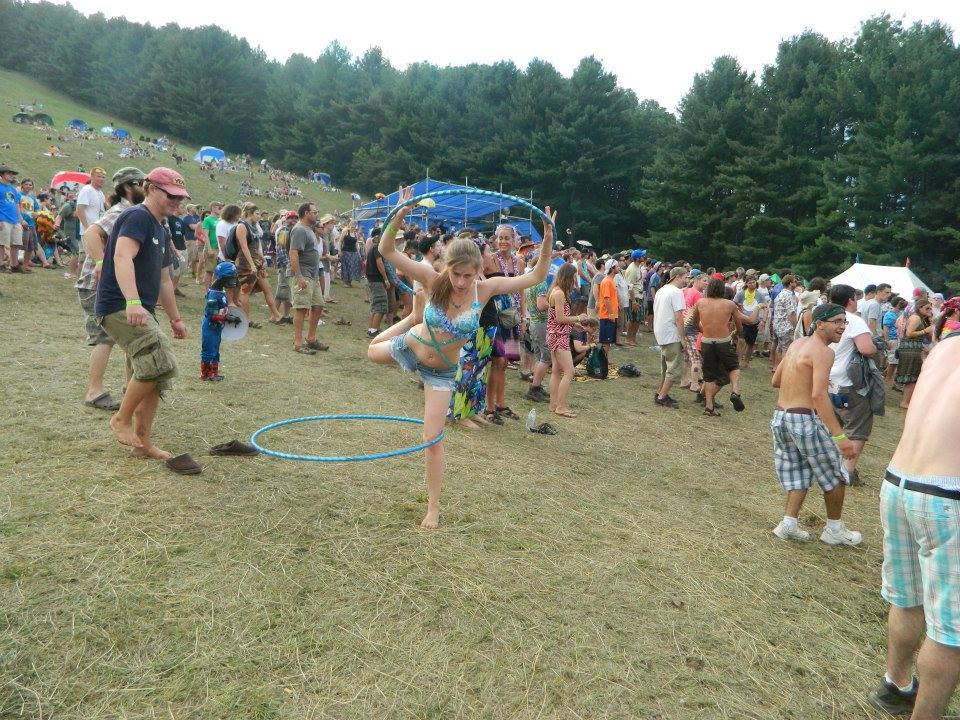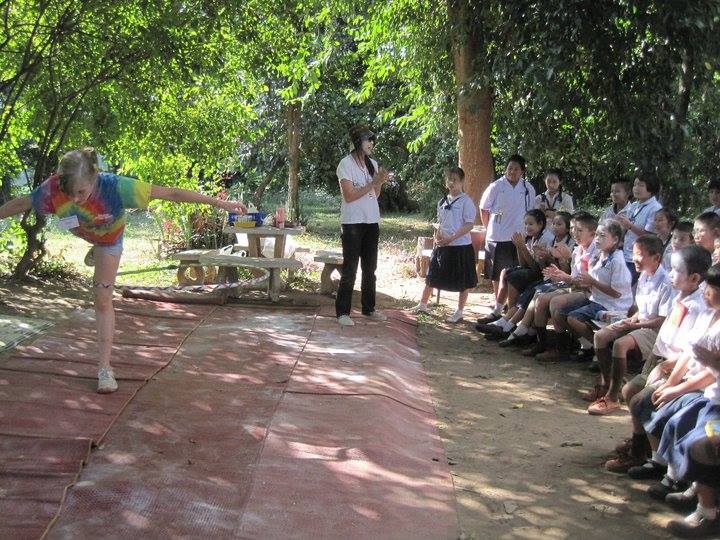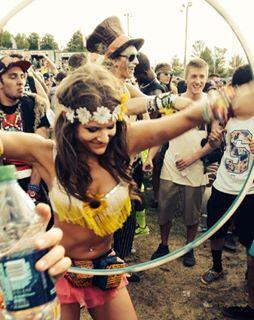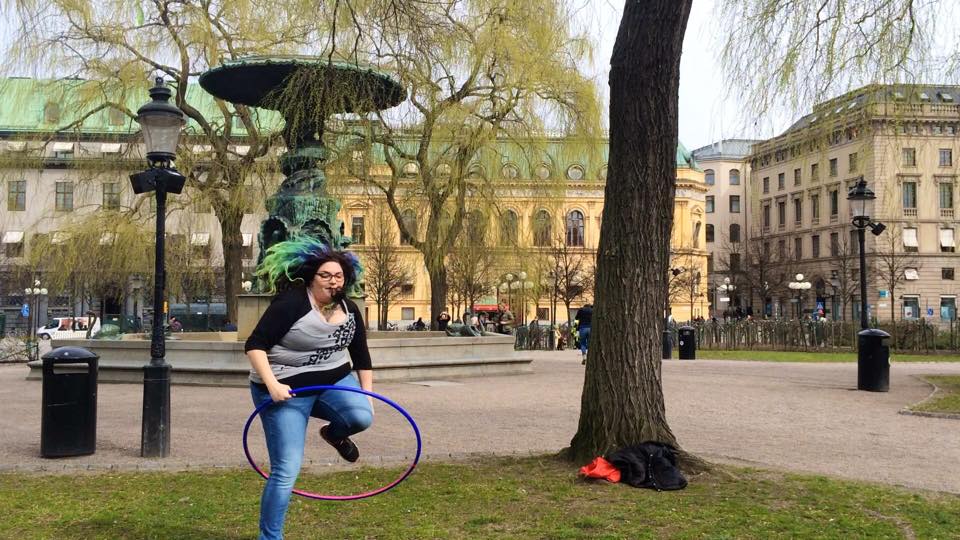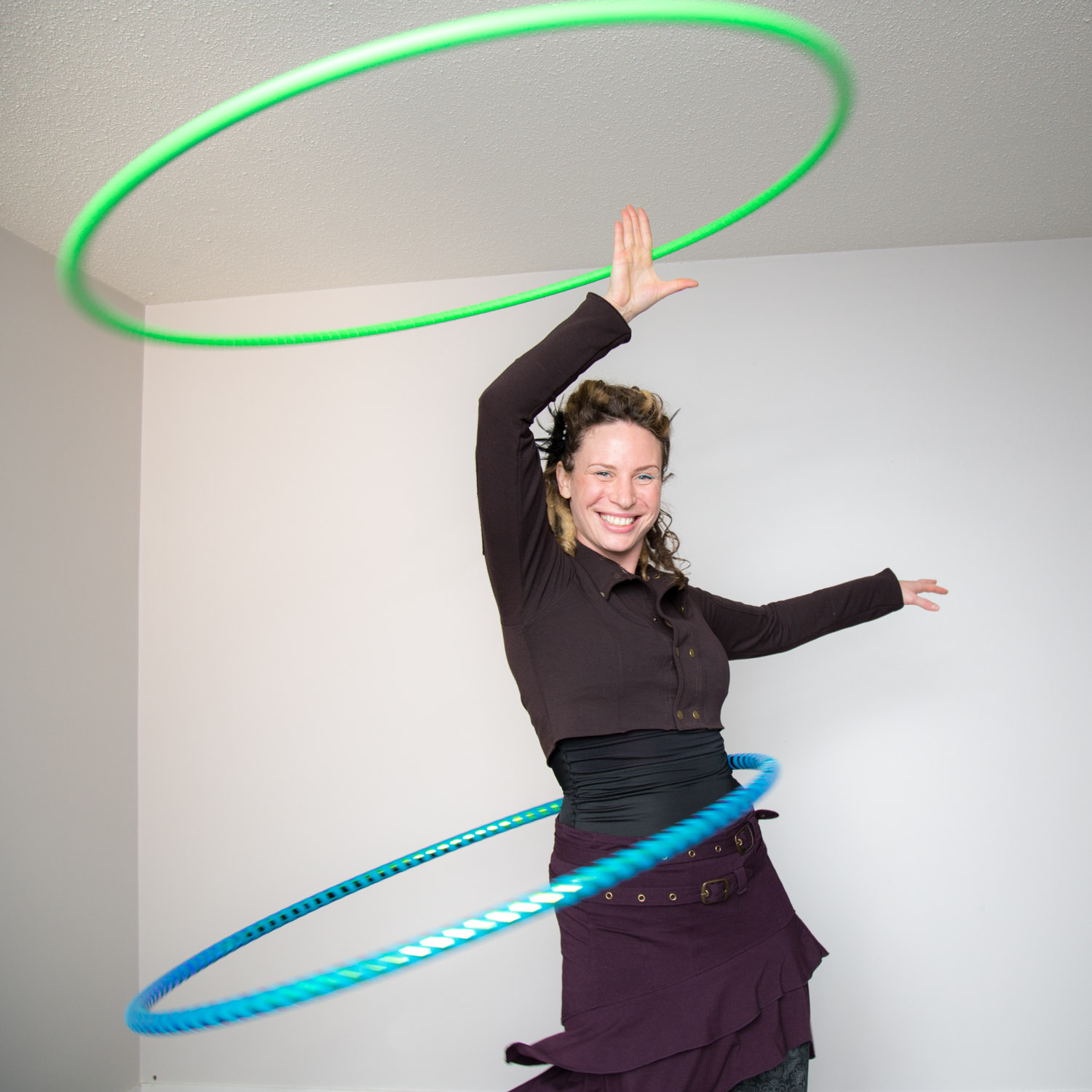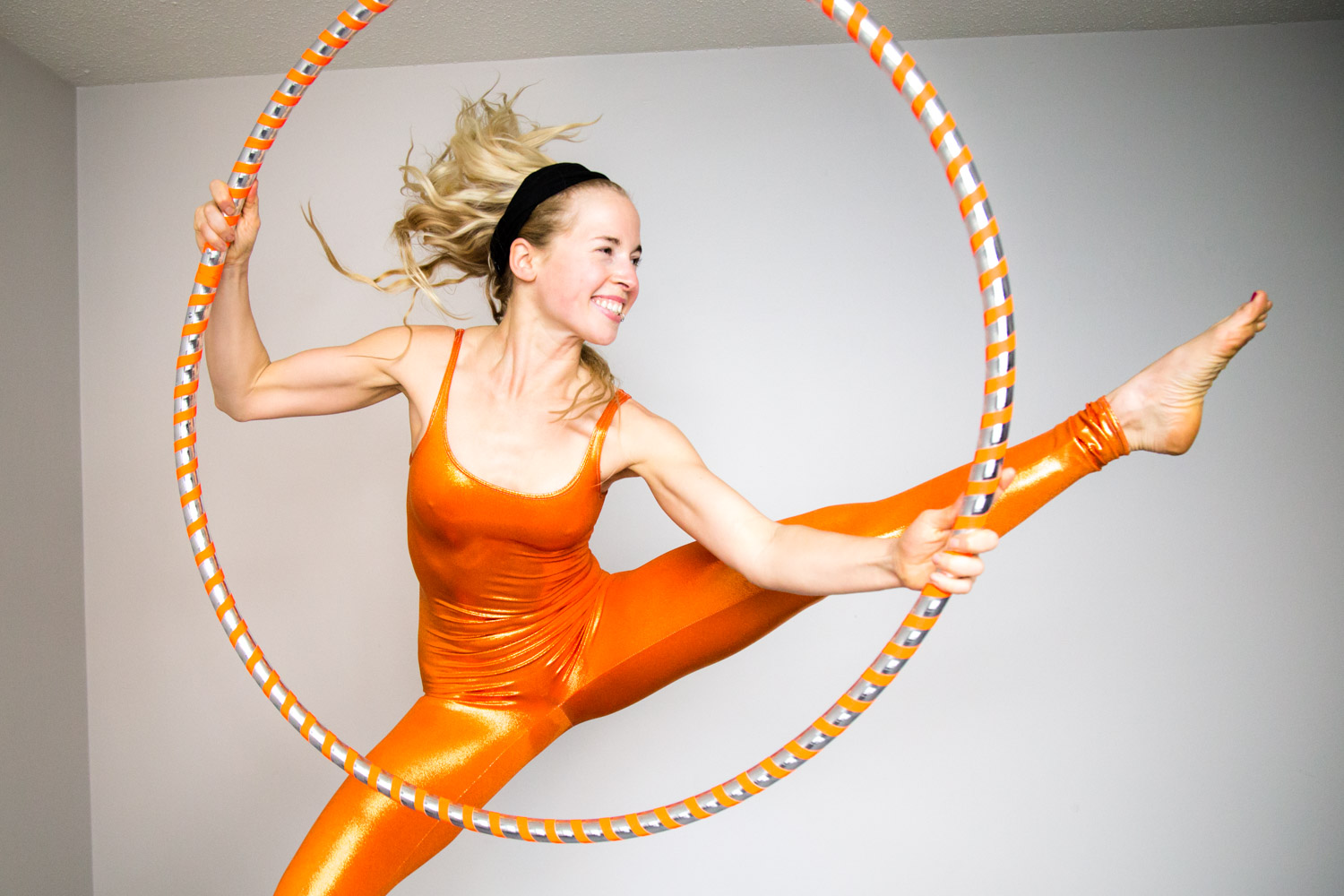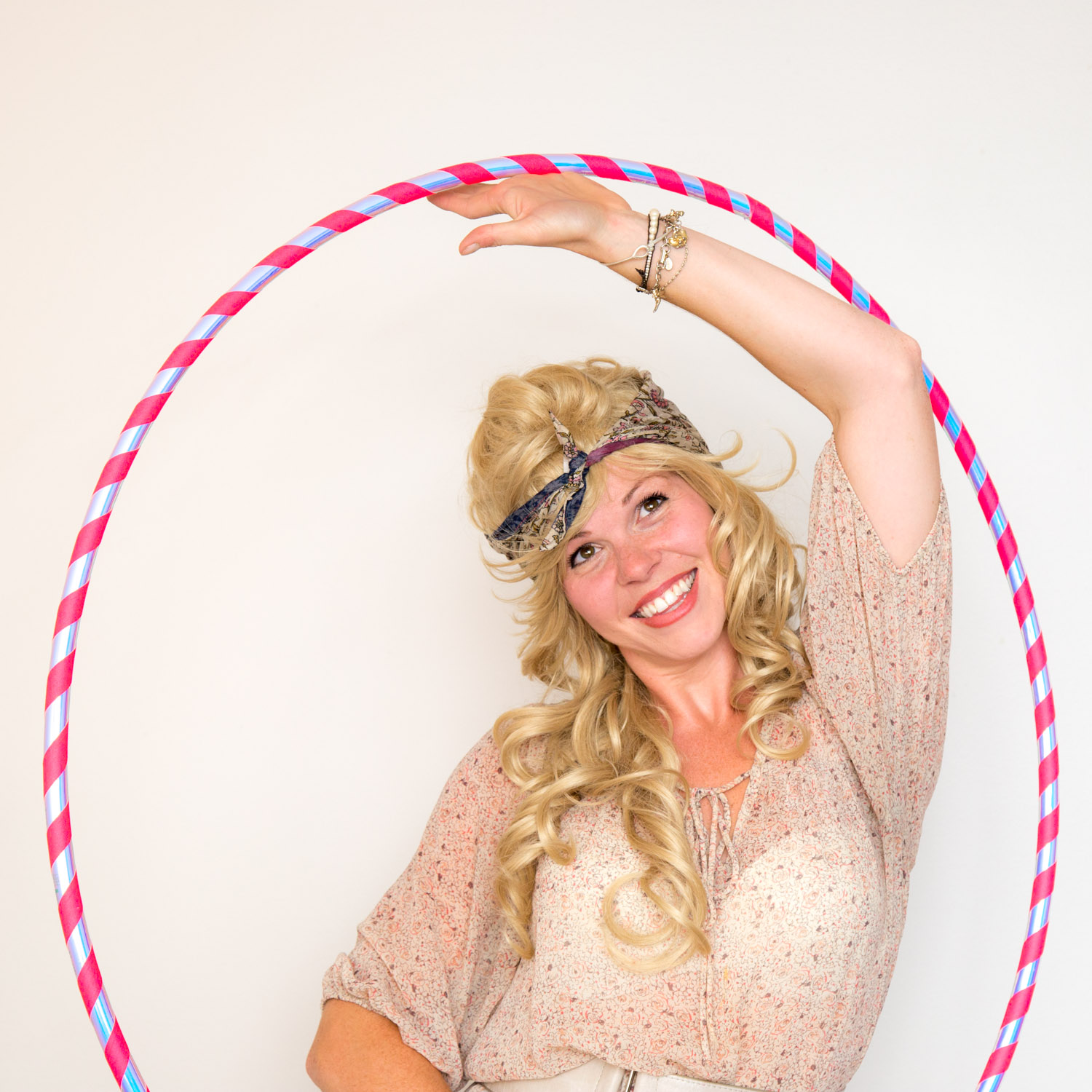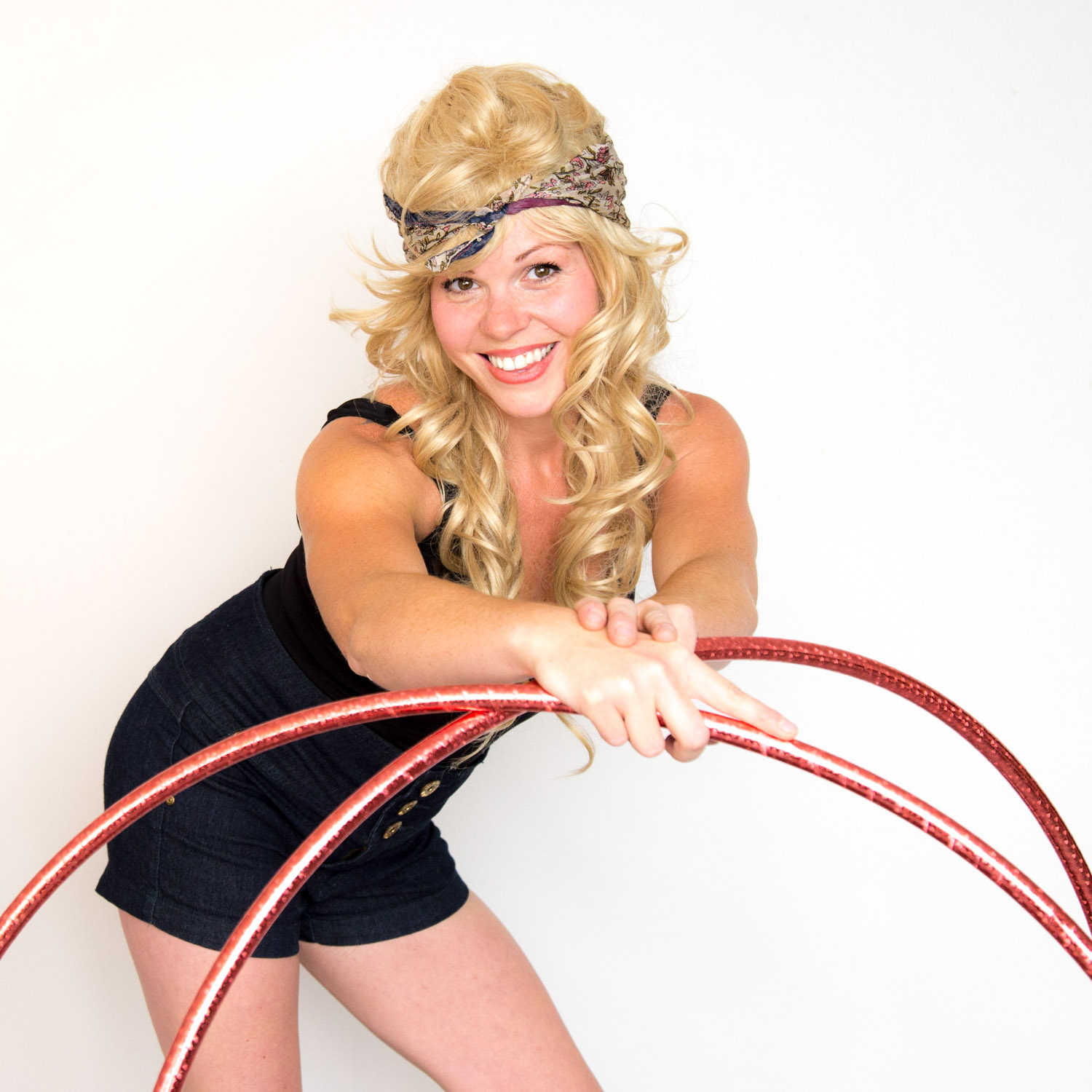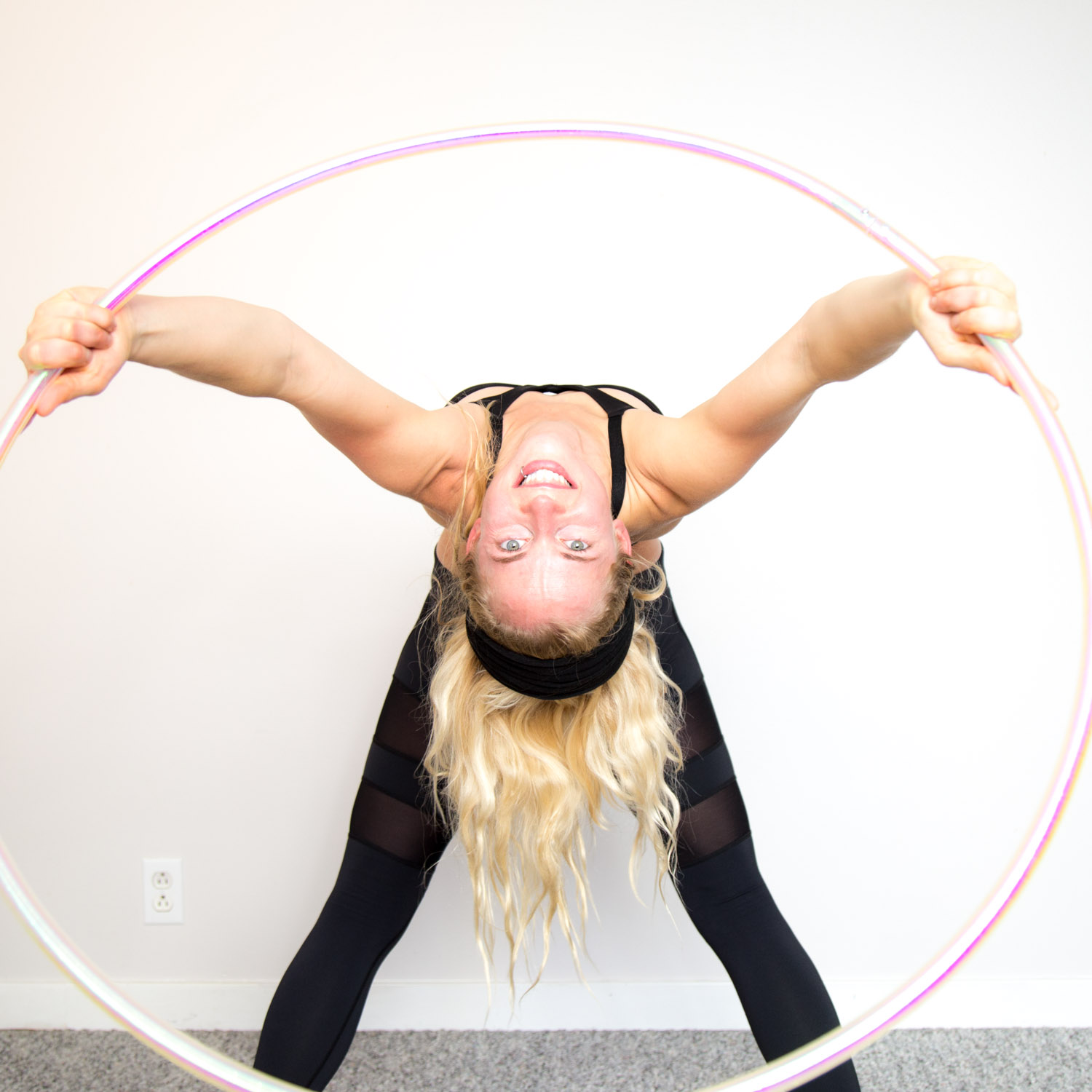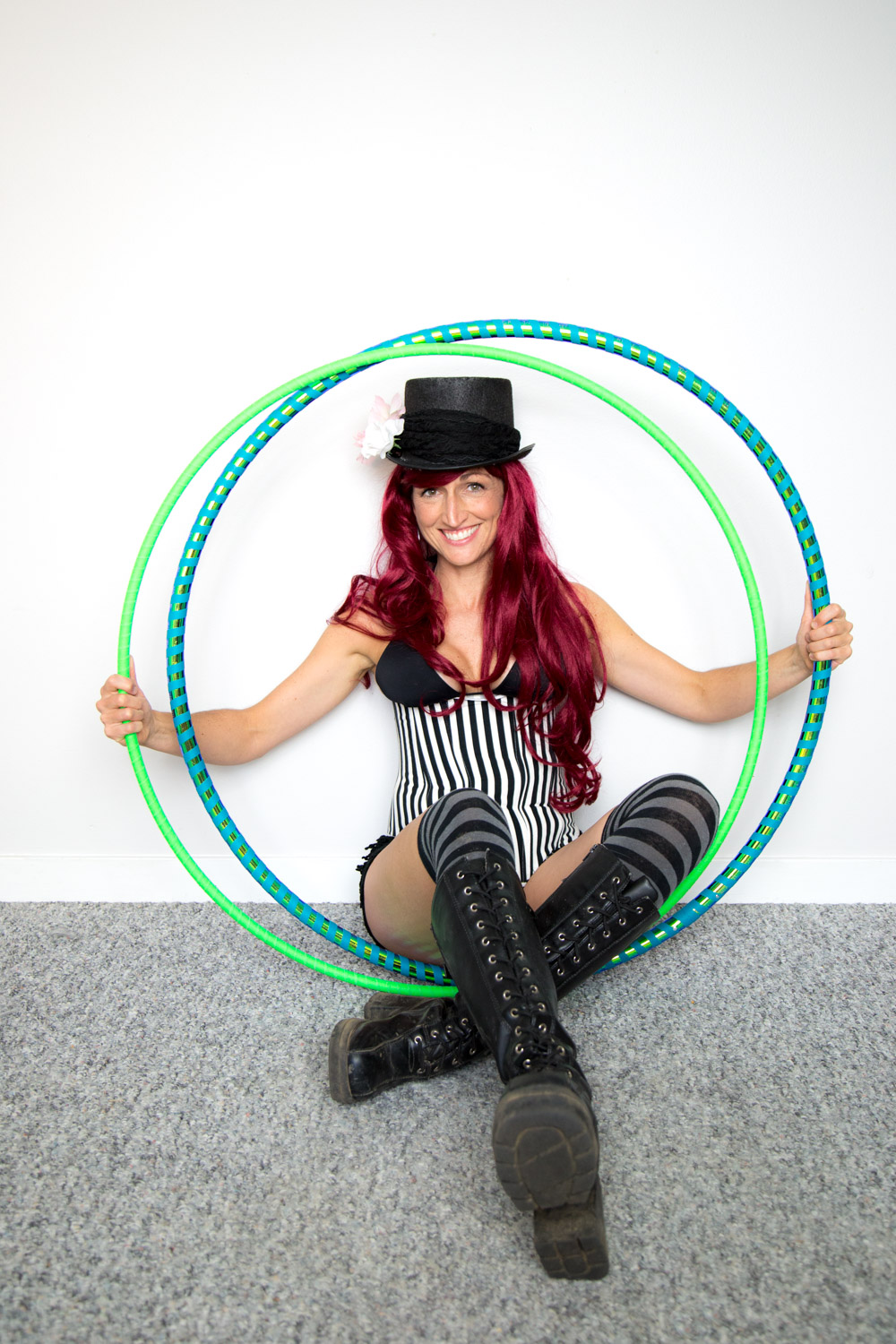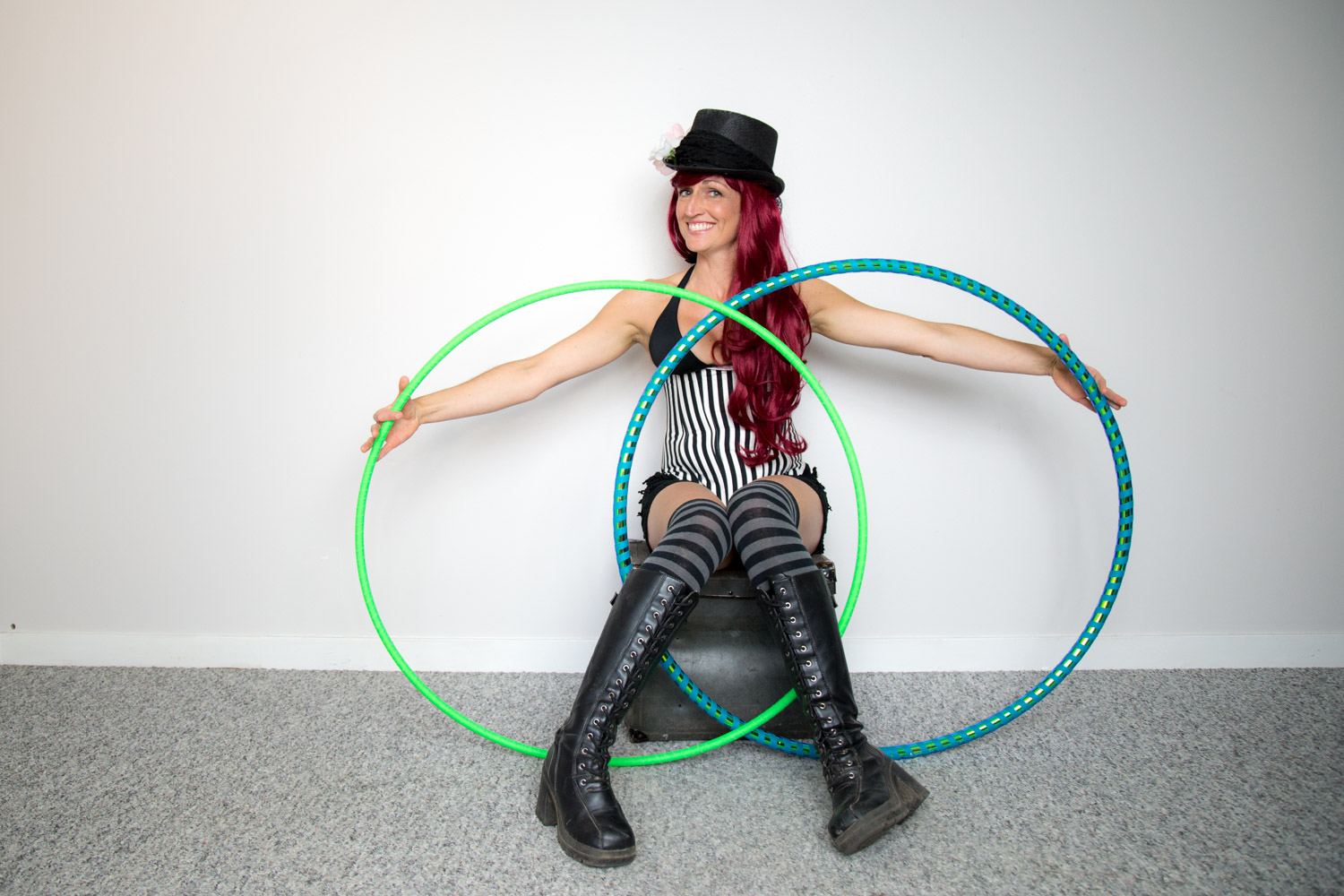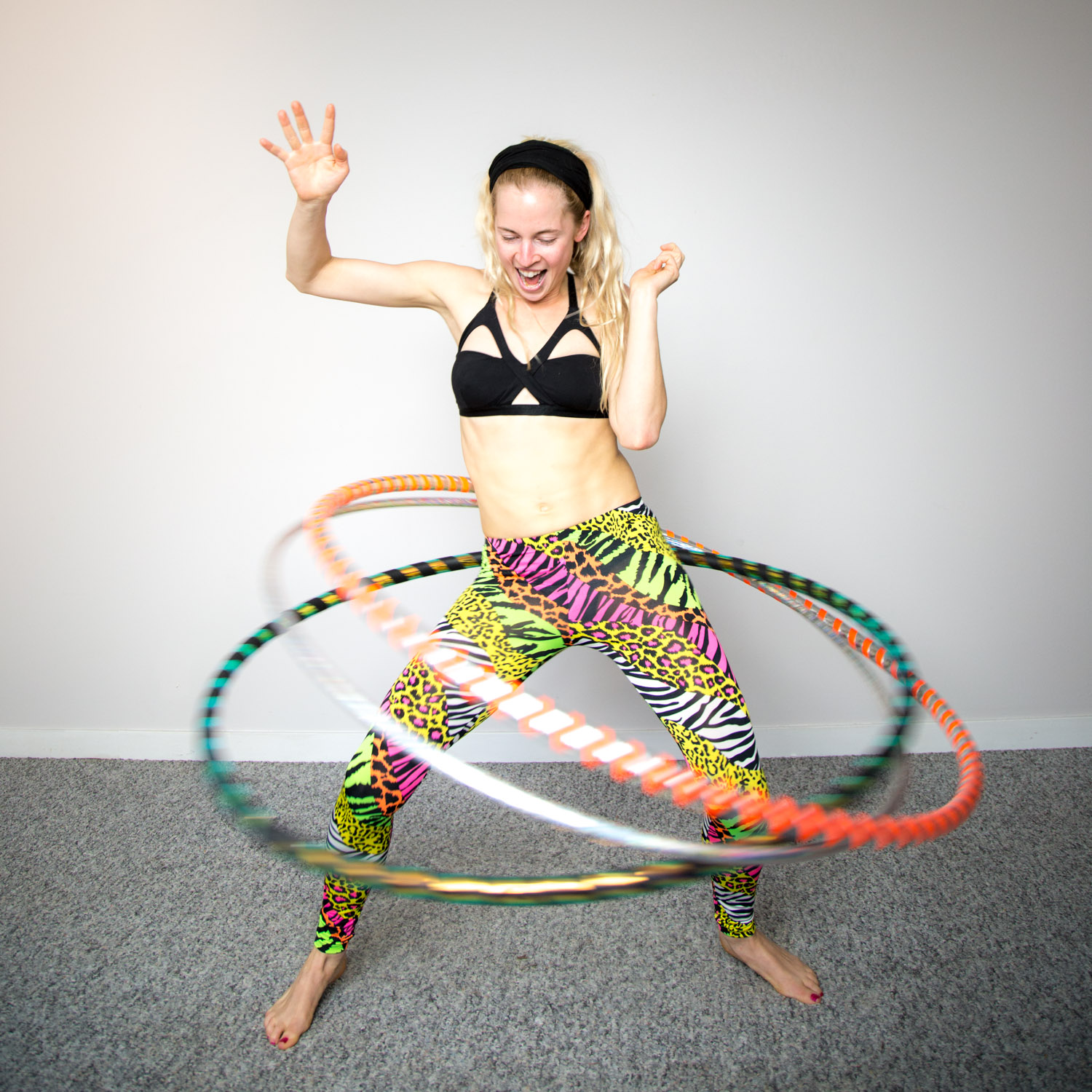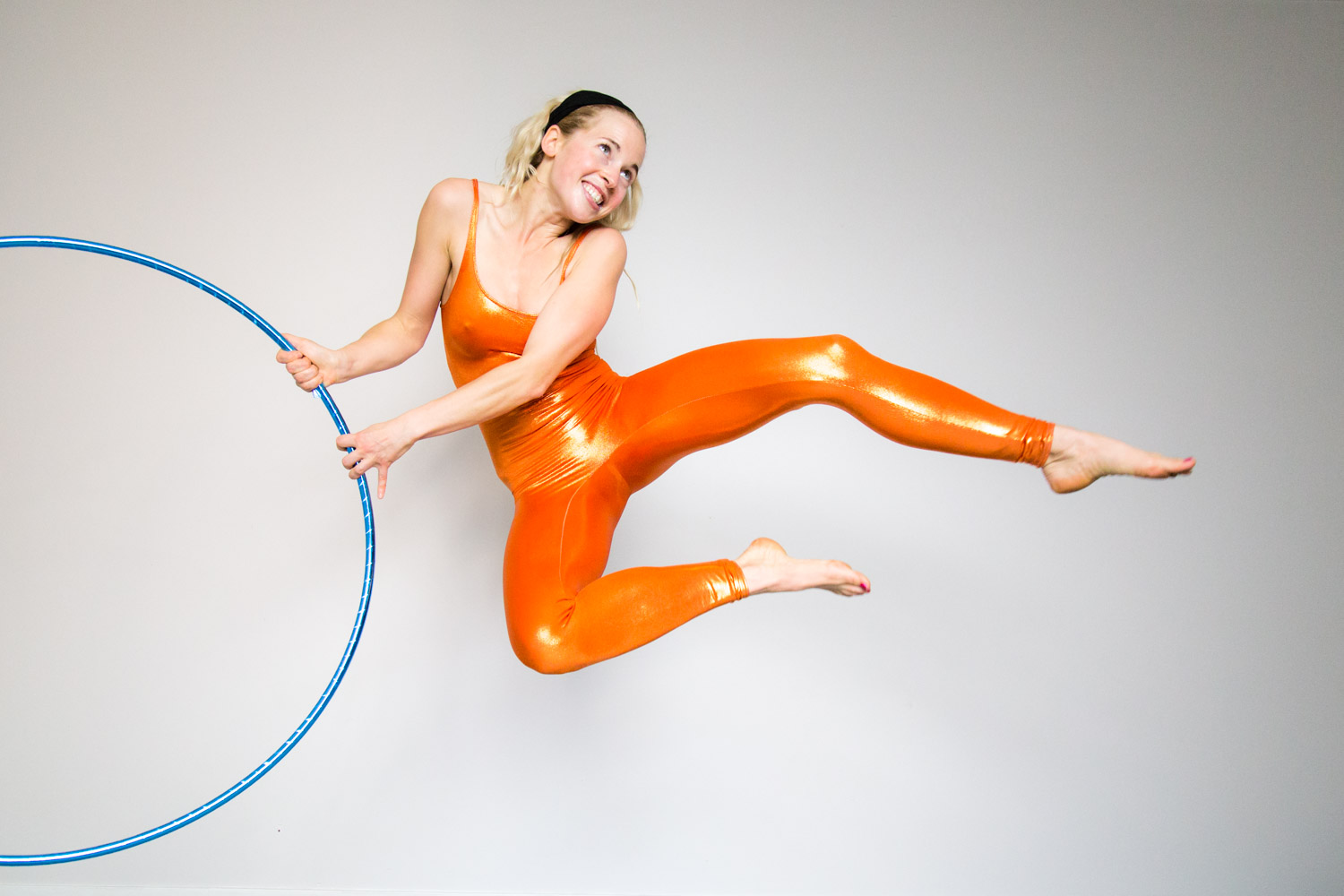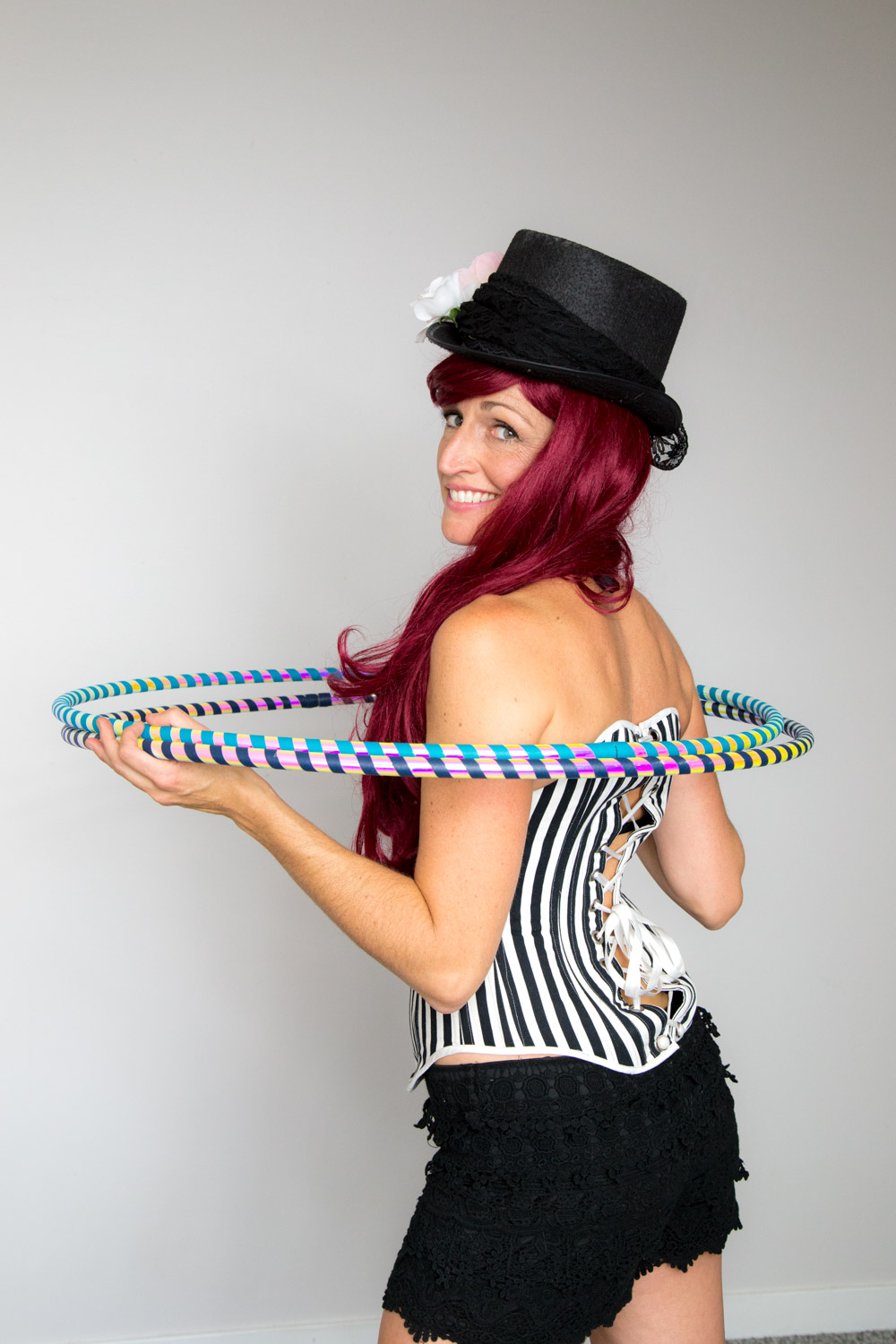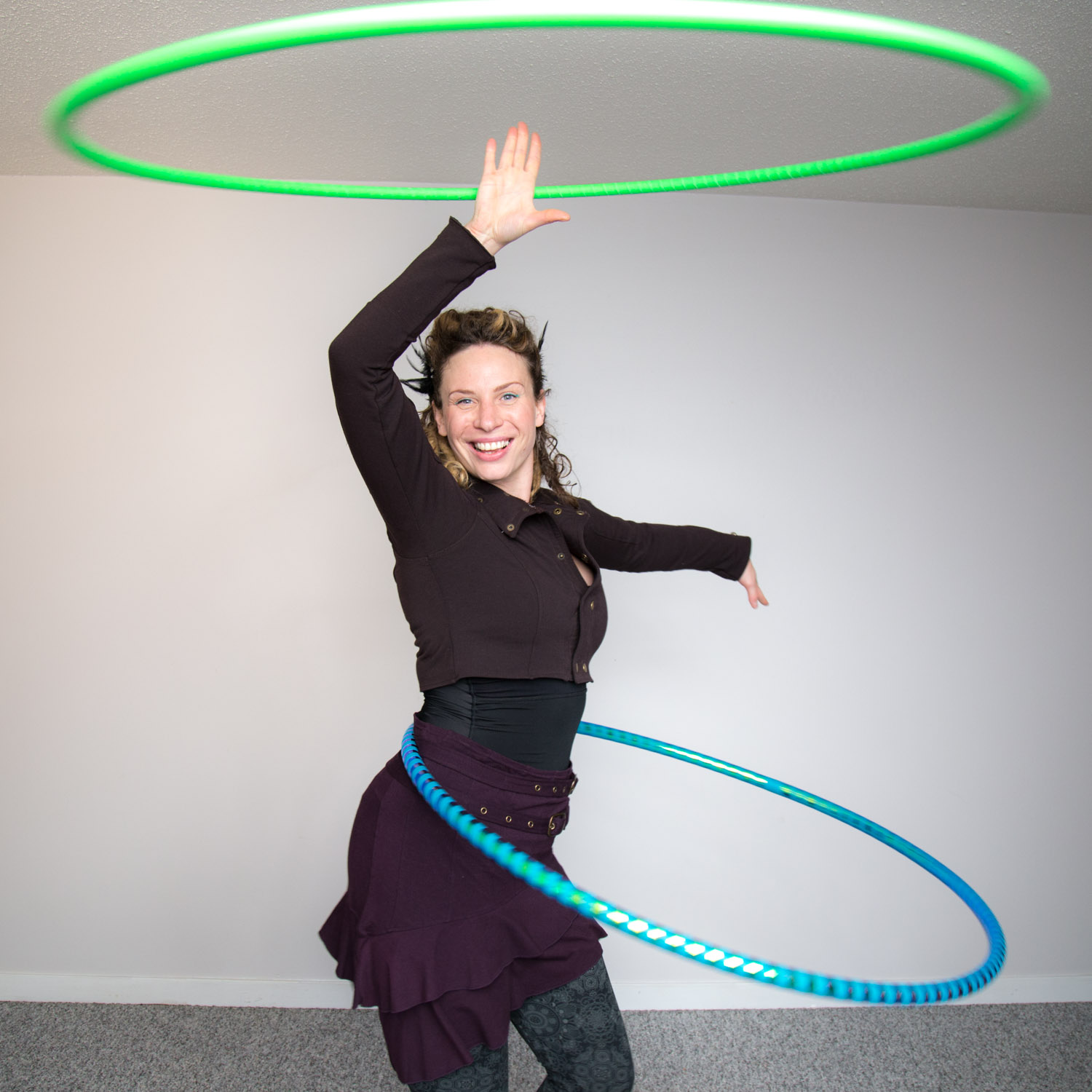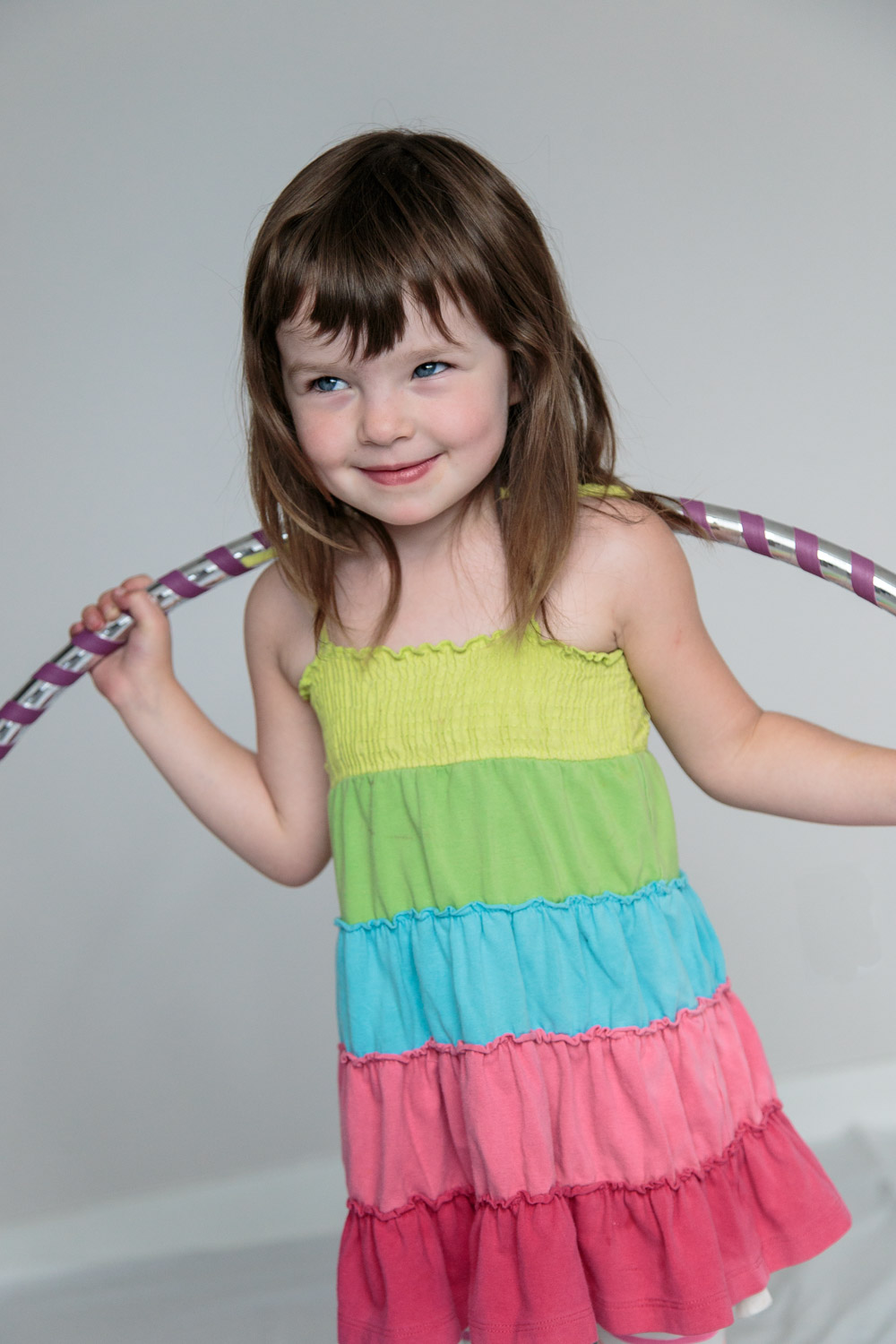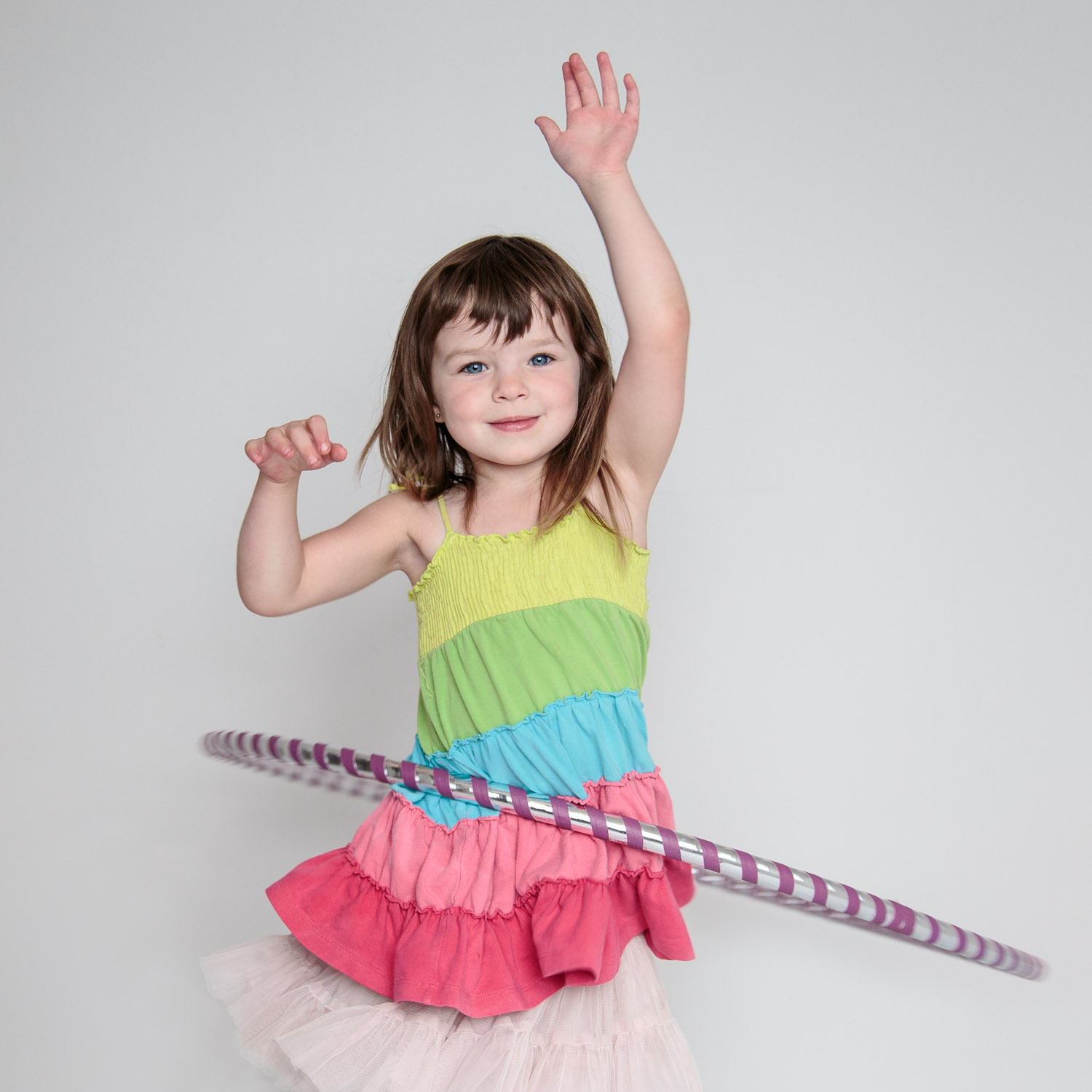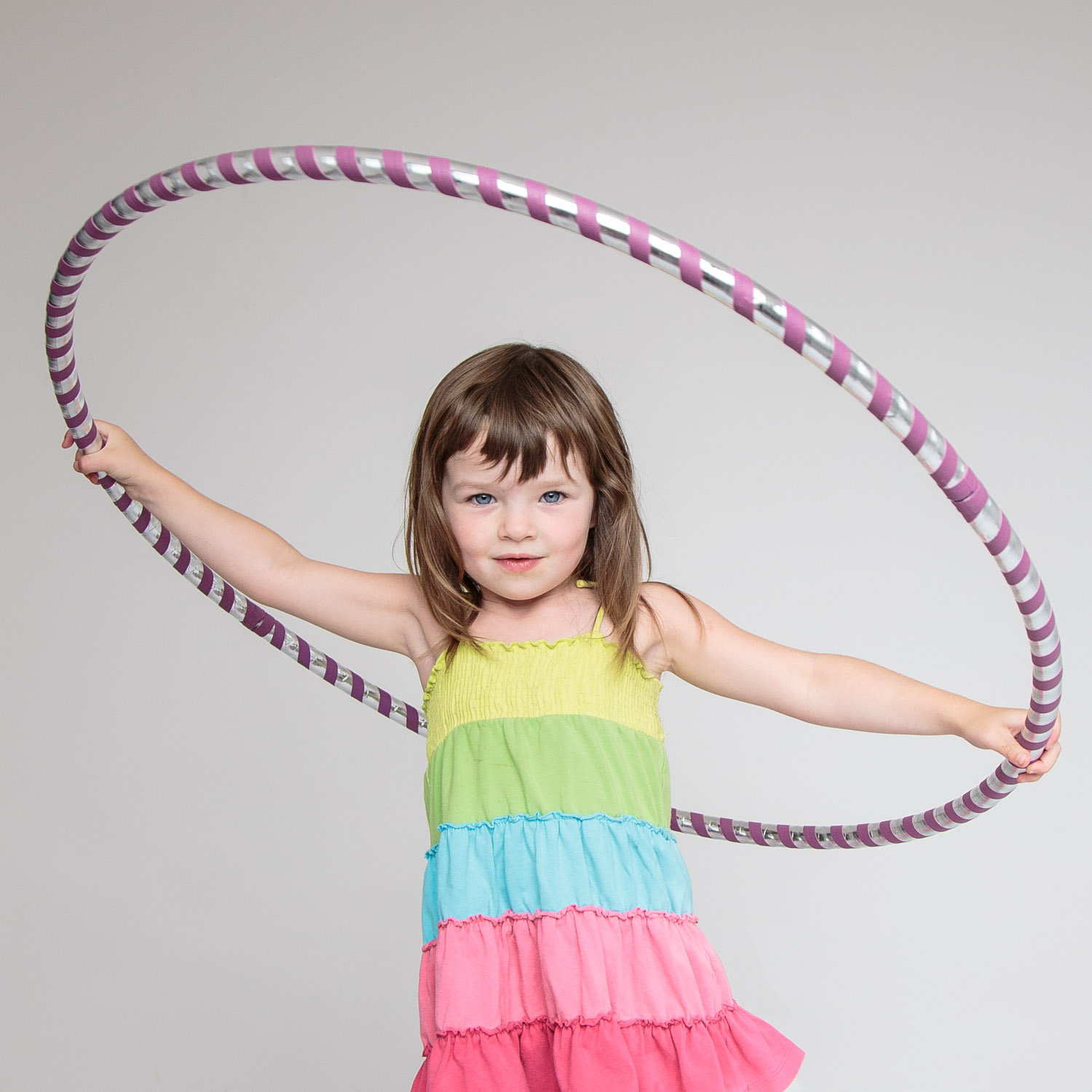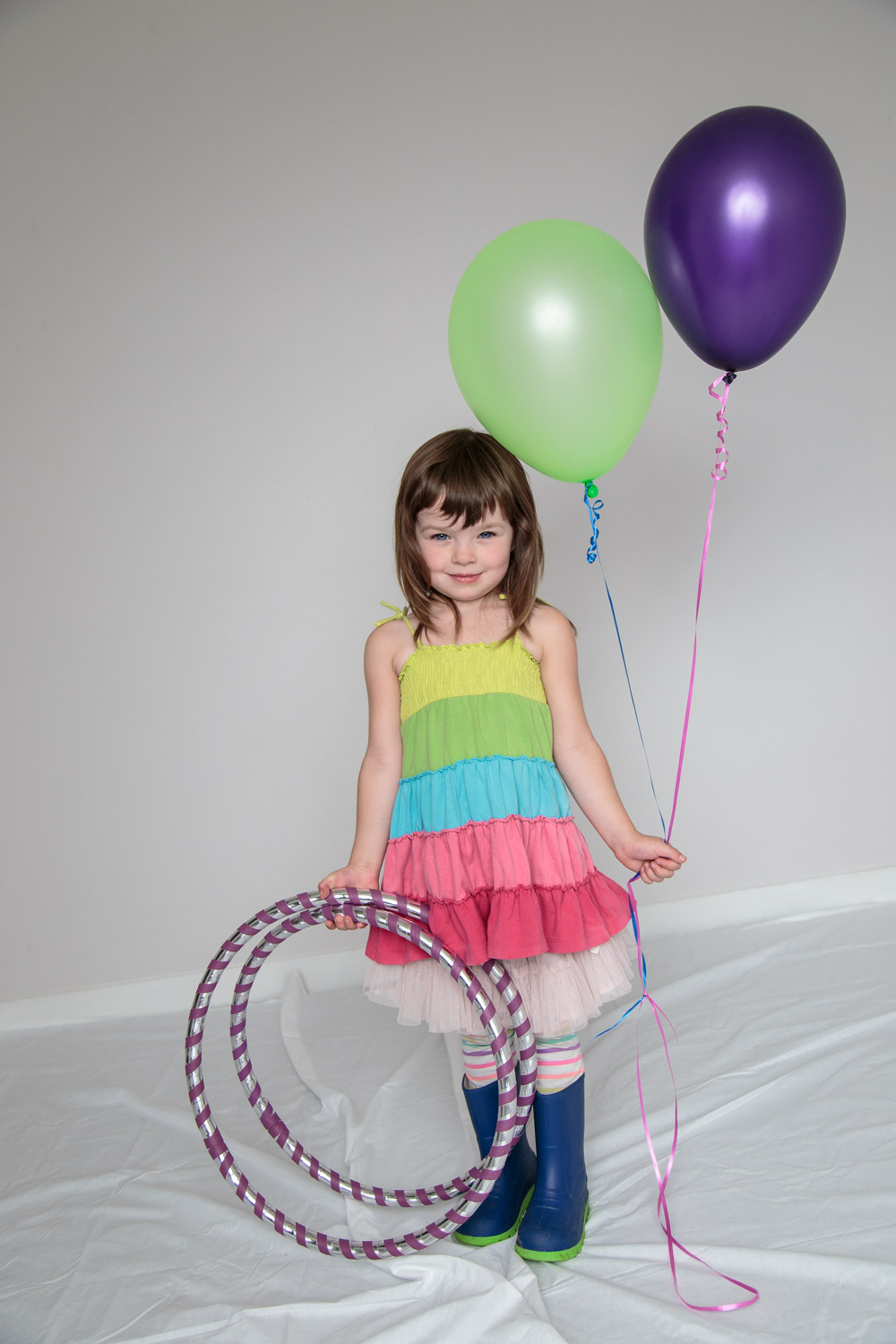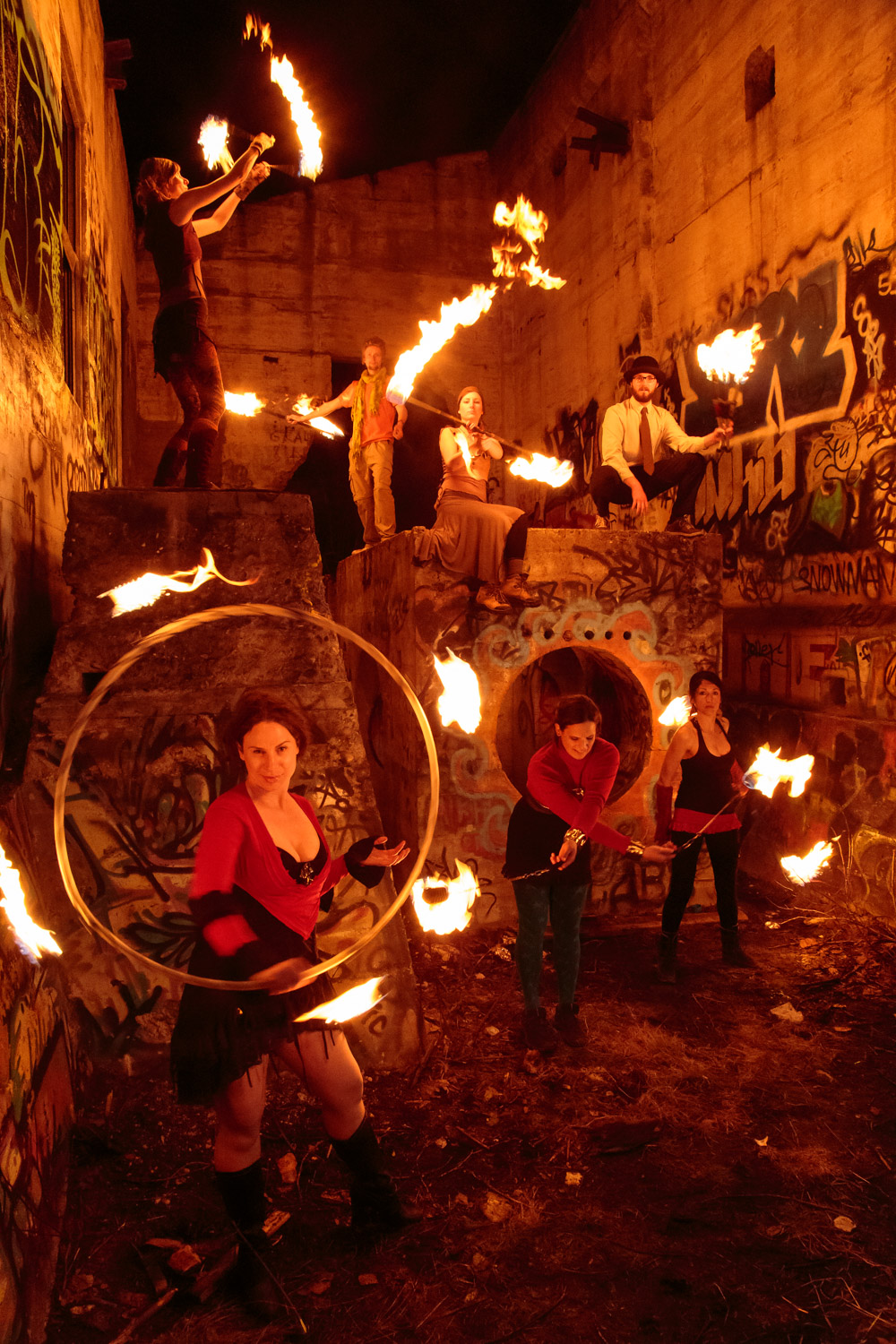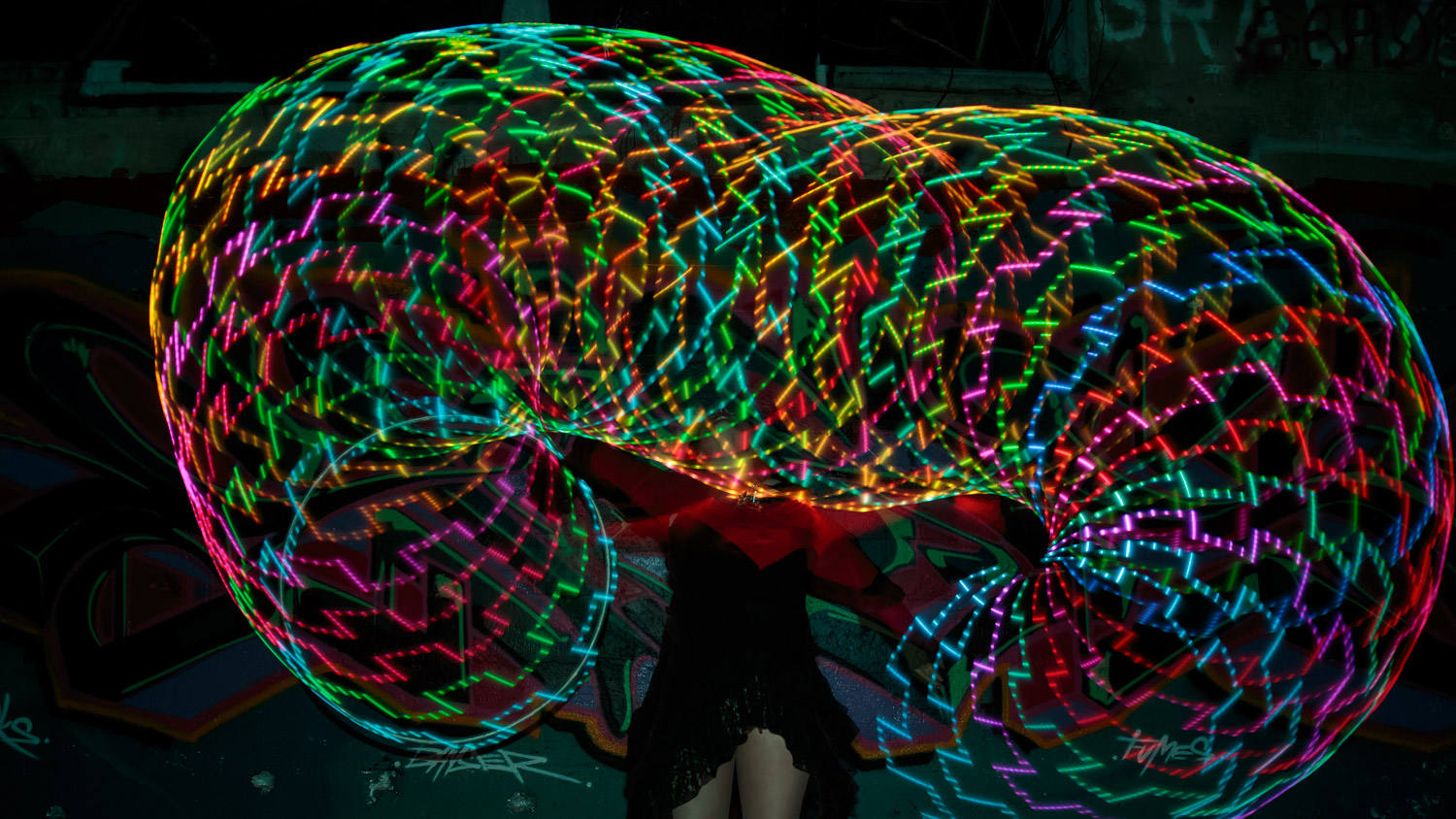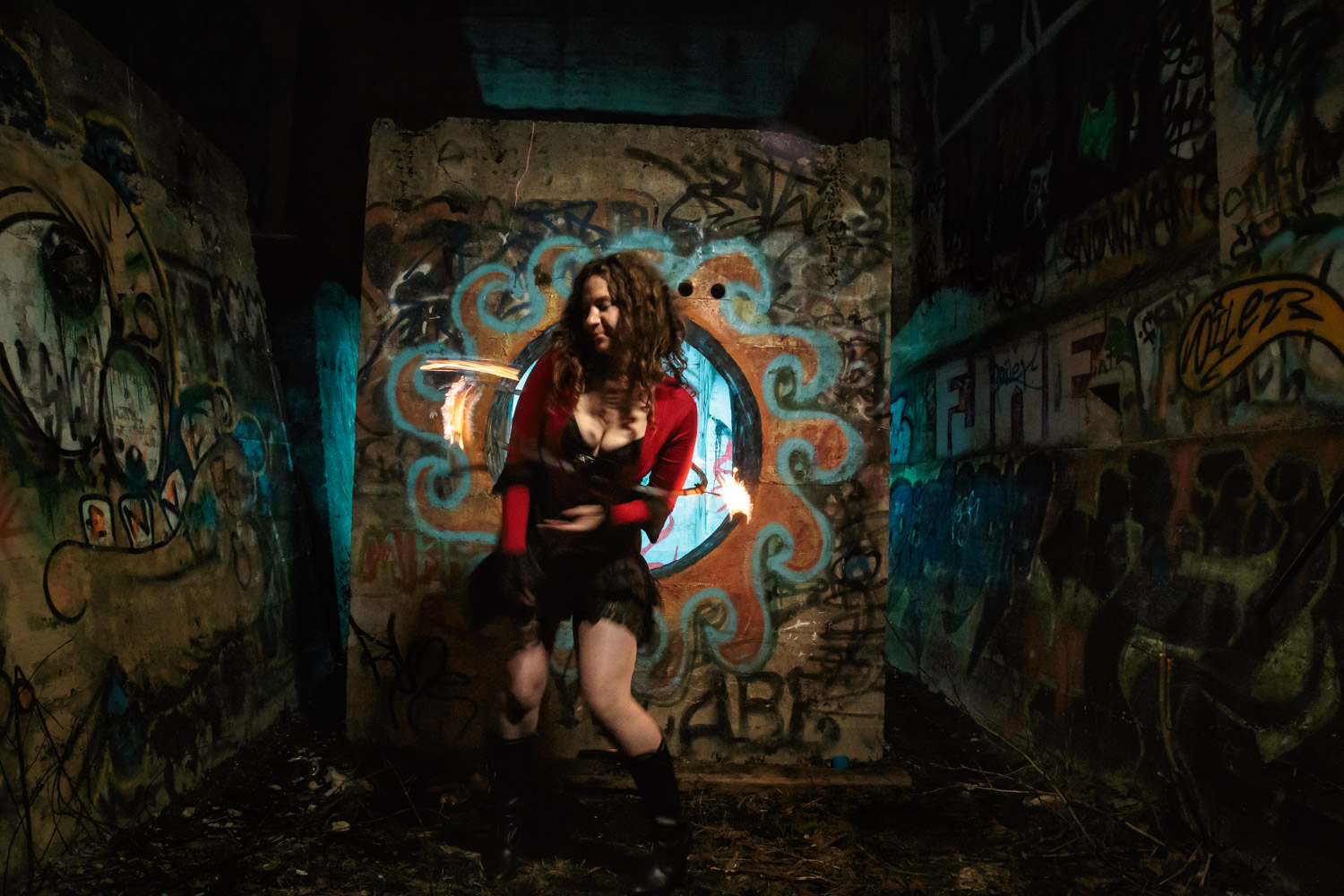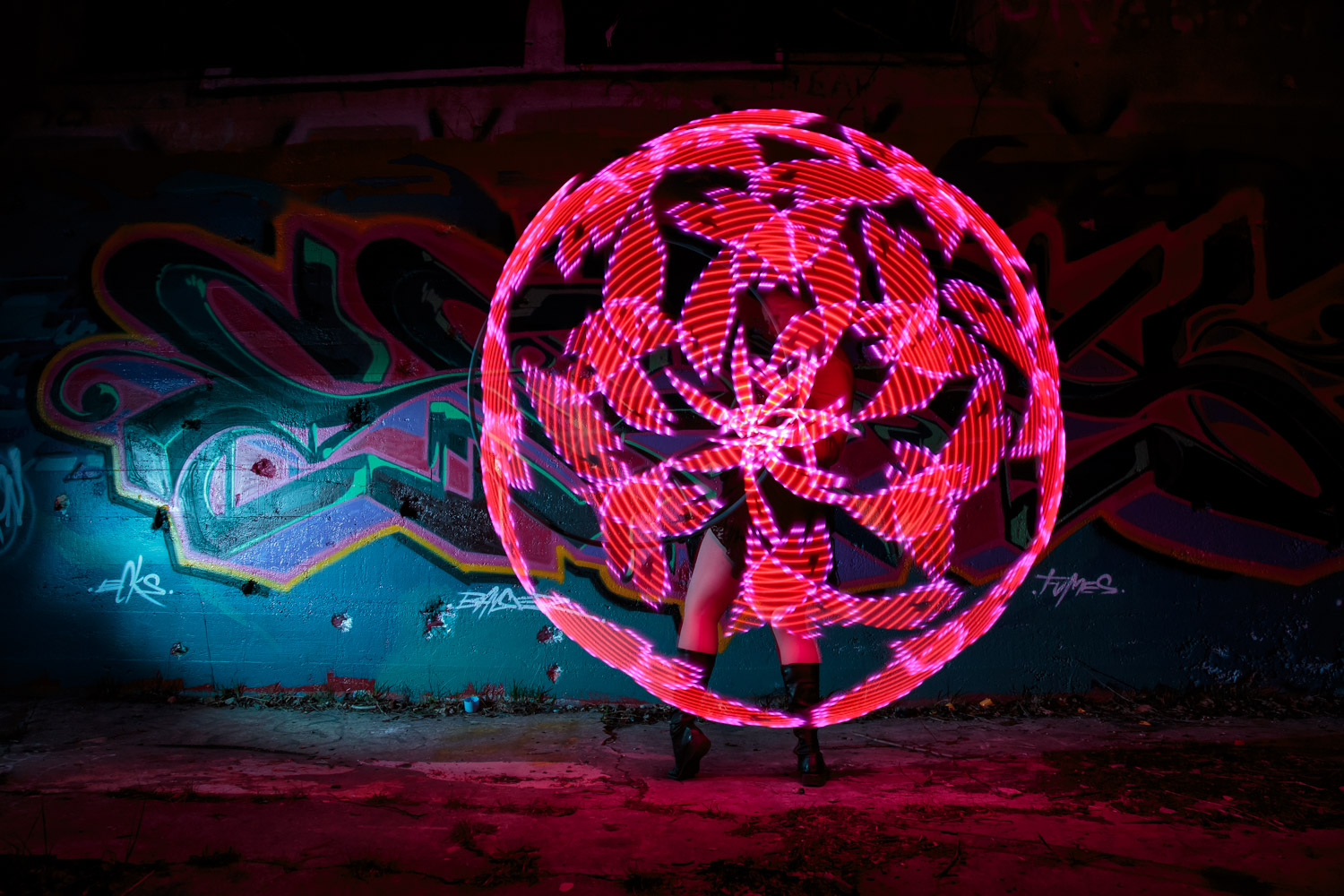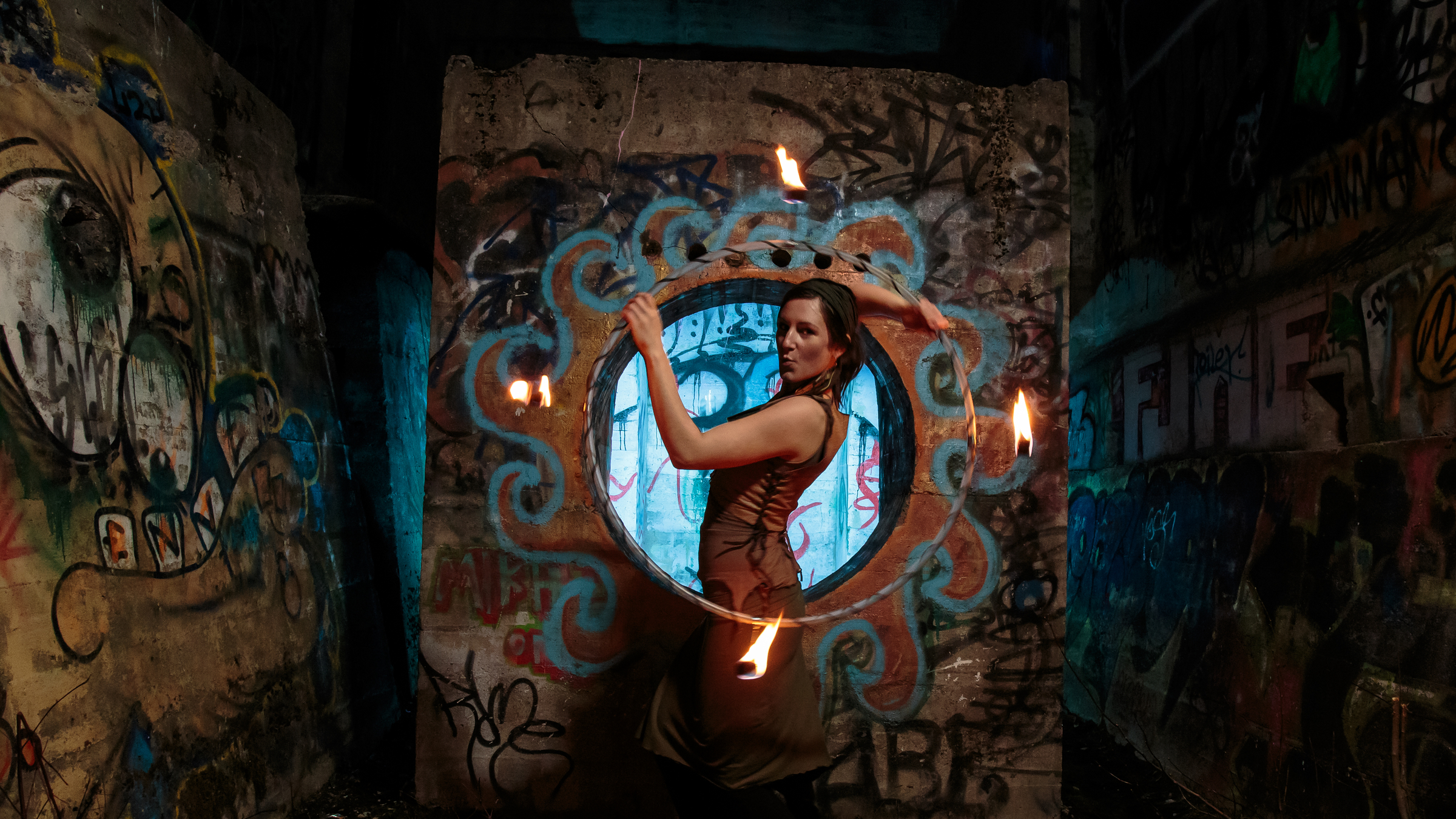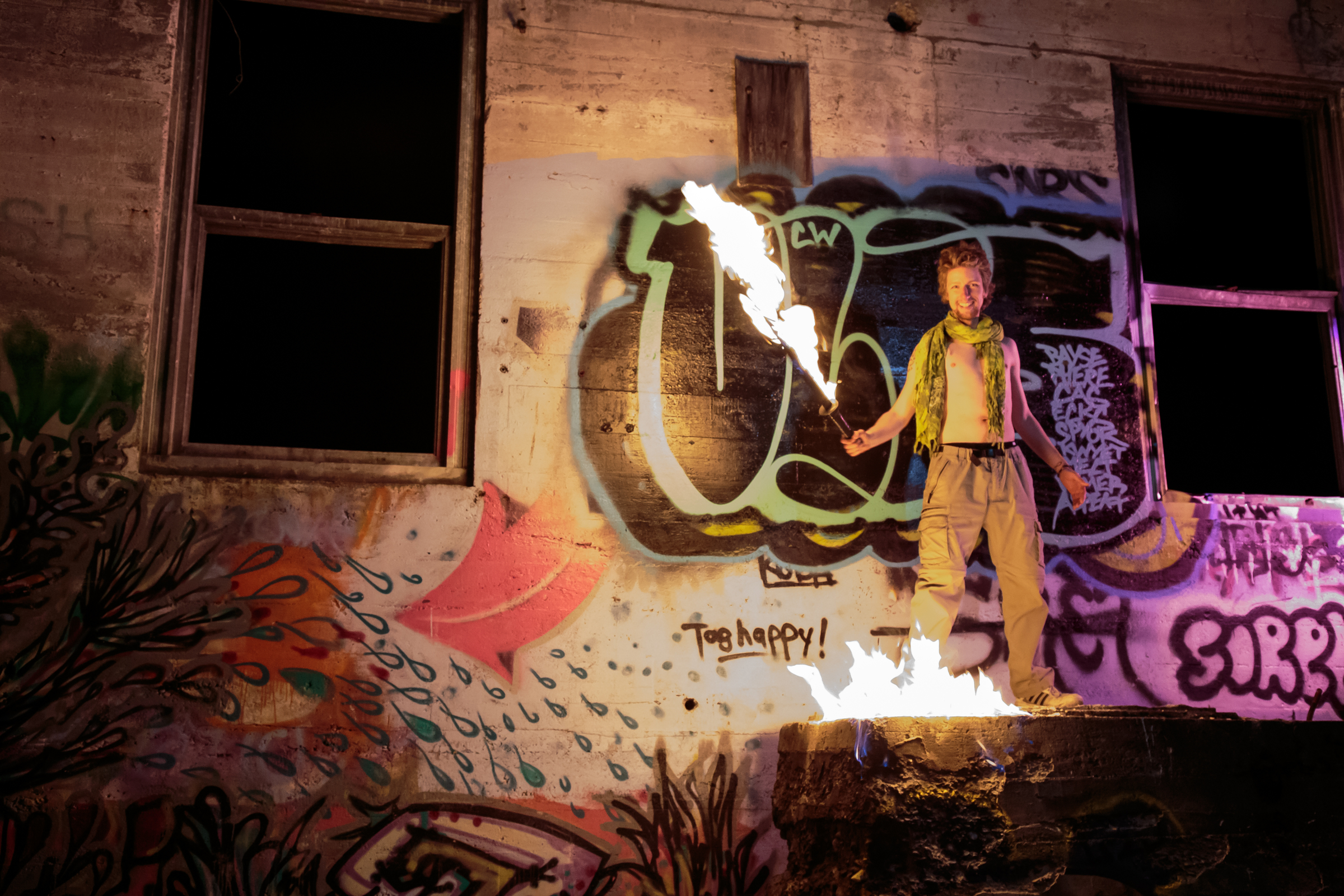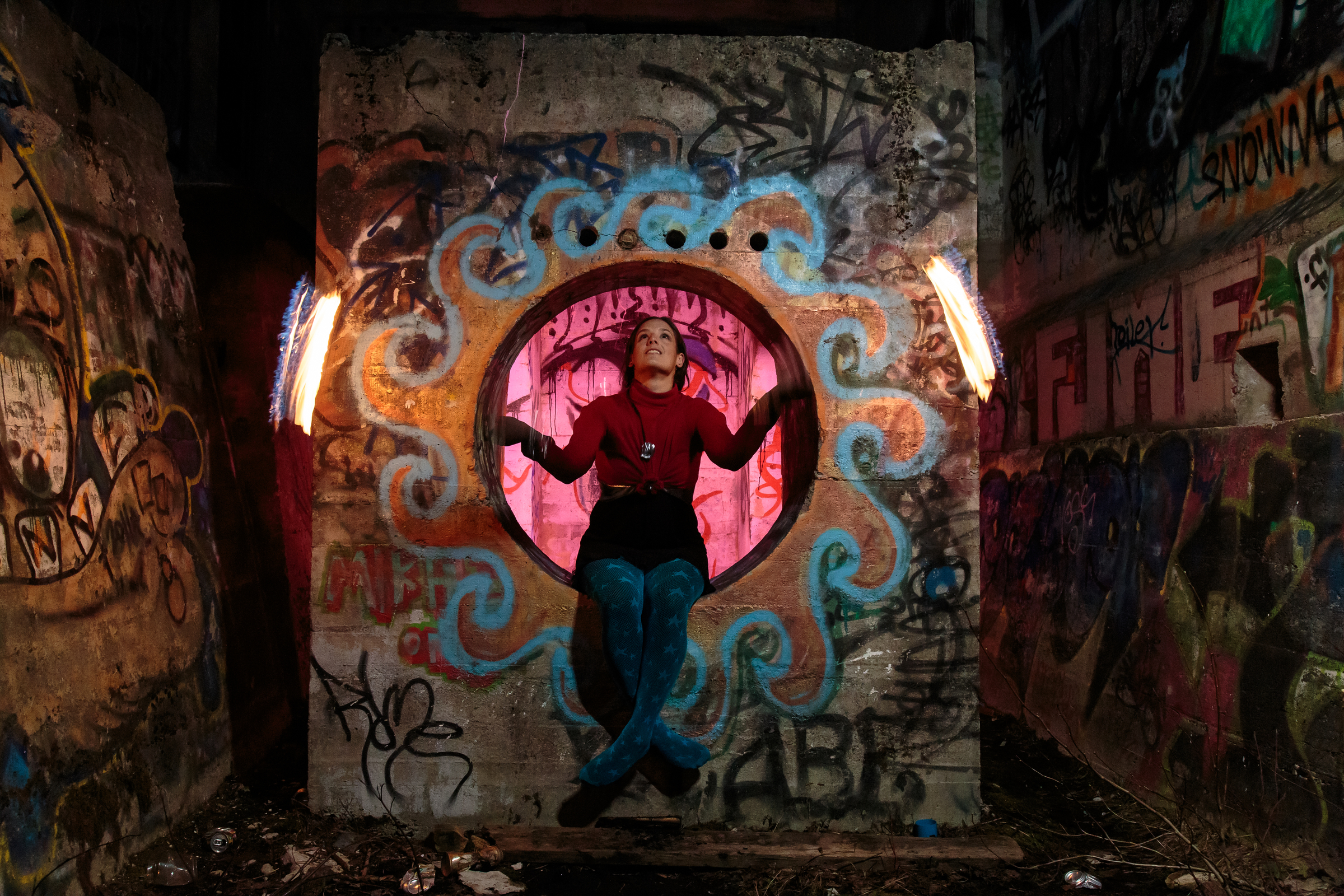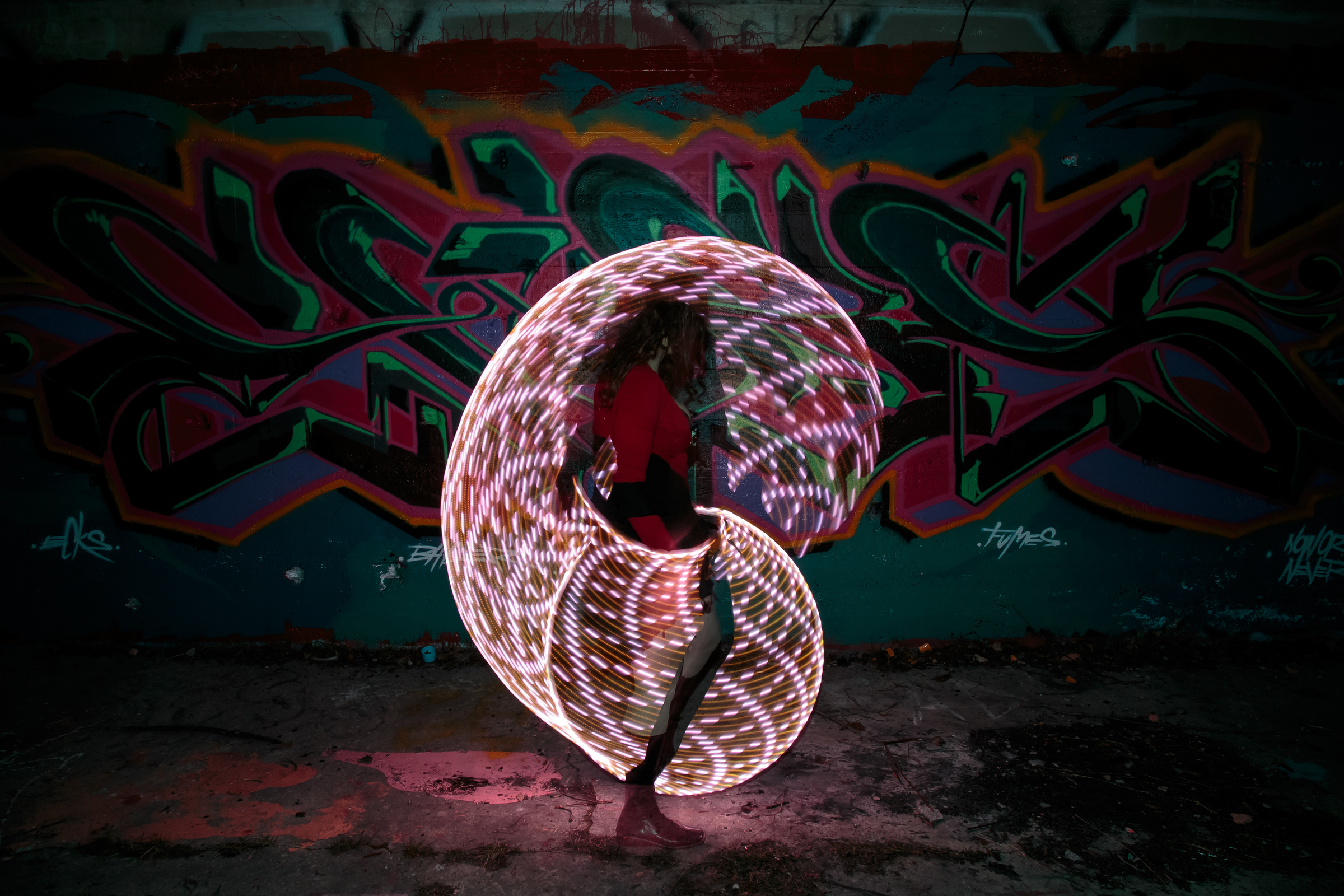The consensus is in. When it comes to public hooping, the outdoor music festival is the number one place to get your groove on. Few environments are as ideal for public hooping as an outdoor concert, and a festival offers around-the-clock access to djs and artists you can choose to suit your personal taste. If you've never hooped in public before, go buy yourself tickets to the nearest outdoor music festival featuring artists you enjoy RIGHT NOW. It is truly an incomparable experience, and here's why!
The Music
Think your home stereo system is enough? It isn't. A festival is a hoop lover's playground, where you can follow your heart and your ears to various spacious and beautifully designed stages. If you've never danced next to a hundred foot long wall of subwoofers, its time you give that a try. Something magical happens when the music is really good, and also really loud. Everybody gets on the same wavelength. You wouldn't believe the flow you can experience, the energy available to you, in this kind of crowd. A festival is the only place where there is unlimited room to dance with hundreds of other people in an absolute excess of bass. You will feed off the vibe of the dj, the other dancers, the earth you're all stomping on, and the open sky. Which brings me to my next point:
The Space
No ceilings! No limits! If you need fifty square feet of space, you get it. If you want to be right up close to the stage, you can do that, too. Festival hooping is way better than club hooping because of the space factor. No matter what stage you're at (unless it's the Pagoda at Shambhala when Pretty Lights or Excision is playing) there is always room at the sides and the back. And if you do have to go chasing your hoop, it is likely to be intercepted by someone only too happy to hand it back to you.
The Other People
These aren't the picnickers staring at you in the park (annoyed that your hoop has rolled upon their finger sandwiches and knocked over the mustard), or the businessmen who ask you if you aren't a little old to be hula hooping, or your horrified family members in the mall parking lot. These are people who fully expect you to be doing your thing and getting your groove on, because that's why they are at the festival, too. A music festival contains some of the happiest people you will ever find gathered together. Everyone is there to dance and have a good time. Everyone is on vacation. There are always tons of hoopers, staff spinners, poi spinners, acro-yoginis, and others whose particular style of dance causes people to watch. You are not alone. Unlike in the lobby at your place of employment, your hooping will be at the very least condoned, if not outright encouraged and applauded at a music festival. Furthermore, there is no more appreciative audience for your LED hoopdance than the lysergically informed.
Other Hoopers
This is a huge resource. I live in a small town where I am pretty much the most experienced well known hooper, so music festivals are the only time I get to have dance dialogue with my hoop peers. Hoopers come out of the woodwork from hundreds of miles around to attend music festivals. You will see hoop skills being demonstrated at every level. It doesn't matter if you're brand new, drop the hoop a lot, have a bit of skill, or have been hooping for ten years. Hula hoops are expected, and a normal sight at music festivals. Hoopers just want to dance and connect with people. You will find most of them to be very approachable. You might also inspire someone else to start hooping! You can share your knowledge with newbies and learn a thing or two from the pros. Where else are you going to find hundreds of hoopers congregating? Hoop church?
A Few Tips For Festival Hooping:
1. Plan it out. Research all the music festivals happening this summer in your area. Or take a road trip! You want to pick a festival that caters to your musical taste. These things aren't just techno raves. There are rock festivals, bluegrass festivals, folk festivals, country music festivals... the list goes on. With a little bit of research online you can find a festival showcasing a musical talent that you enjoy, and hooping to live music is so, SO much better than a recording.
2. If your festival journey has any kind of road trip involved, and most of them will, ALWAYS PACK YOUR HOOP(S) LAST, on top of your other stuff. You don't know what's going to happen. There could be a construction or landslide delay on the road (happens a lot where I live, but I live in a remote mountain town). There could be beautiful nature to stop and look at, and hoop in. Someone at the gas station could see your hoops and ask you for a demonstration. There could be a busking or jamming opportunity in a city or town you roll through. There could be a lengthy line and a long wait to get into the festival. The music could be so bangin that you have to leave camp setup to your significant other or friends and begin hooping immediately upon entering the festy grounds. You definitely don't want to be digging through your shit to get at the hoops when you really need them.
3. Get an LED. Seriously. You're going to want it at the festival when the sun goes down. If you can't afford an LED, you can put glowsticks in your polypro. You can also approach other hoopers when they are taking a break from using theirs. Most will let you use their LED if you have a day hoop and have shown some skill with it.
If you want to bring your super expensive smart hoop, you should! It can't get stolen if you have a death grip on it the entire time. When not in use, storing it out of view in a locked car is your best bet. You can also stash it under your tent or under the bed in your tent. It's always a good idea to make it difficult for thieves if you go this route. Tie or lock the hoop to something else. Most thieves want to get in and out and won't bother trying to steal something that takes a lot of time and effort to carry away. I always camp in a big camp with a ton of friends, so that helps too. If someone is always around, it isn't very likely that tents in your camp will be plundered. In general, your stuff is safer at a music festival than it is in your front yard, but there could always be a rotten apple on the tree of fun.
4. You need a good system for water. Most festival goers know this, but it's extra important if you're hoop dancing. When we dance in public to really good music it tends to make us go all out and expend a massive amount of energy per hour. We lose a lot of H20 generating this energy, and sweating. Hydration is even more important if you're day-dancing in the hot sun. Whenever you aren't hooping, you need to be drinking water. Expect to drink more water than you ever have before - several gallons per day would not be unreasonable. Some festivals have only one or two water sources so a large (1 - 2 liter) personal water container is advisable. Bring several re-usable water containers. When you see all the plastic bottles overflowing from the garbage bins, you will be glad to have saved seven or eight of them per day from going into a landfill.
5. Bring extra hoops if you can. Hoops work well as currency at a festival. They are always in high demand. A lot more people would start hooping if they knew where to get one. Because I am a hoop maker, I am able to bring many extra hoops to a festival. I carry a sign that says "HOOPS FOR TRADE" and get accosted from all directions the second I leave my camp with it. I have traded for: jewelry, crystals, amazing clothes, other hoops, fun, other dance props, party favors, delicious food, energy work, massages, art, homemade wine and cash money. You can't go wrong bringing extra hoops to a festival, even if it's just to put them in a big inviting pile on the dance floor for people to use.
6. Pace yourself. I had to learn this one the difficult way. It is very, very tempting to go hard on Thursday night. I have danced so enthusiastically at the one stage open on my first night at a festival that I woke up the next day to the complete lactic acid RUIN of my leg muscles, and the party hadn't even officially started yet. It's not physically possible to hoop dance all day and all night for five days in a row, but your ears and heart will try to convince you otherwise. I force myself to not dance if I feel at all "meh" about what I'm hearing. That doesn't happen too often, and when it does I just walk myself to a different stage, but it does give me a little rest. Do not overheat, take breaks, eat well, sleep as much as you can, and monitor your energy and pain levels.
7. On using drugs. Expect there to be drug and alcohol use at a music festival. Whether you partake or not is entirely up to you. There are also plenty of people who stay sober (or relatively sober) and don't stay up all night. Some drugs can enhance your creativity with the hoop. Some can dissolve your ego and leave you unable to hoop for hours. Sometimes you can get either of these results from the same drug. I like to focus on my hooping at festivals and keep the drug use to a minimum.
8. Try going to bed super early on Sunday night, and set an alarm for 4 am. All the best dj sets are between 4-10 am on Monday and these are very difficult to attend after a long hard weekend of hooping without chemical assistance. It's far better to miss a few acts on Sunday night, get good rest, and have the best Monday morning hoop session of your life.
9.If money is a concern, volunteer. Volunteering to help set-up, or clean the land up after a festival is a very rewarding experience. Not only do you get a free ticket, but you get first choice on a camp site, which can make all the difference in your energy level and ability to switch between hoops easily at a festival.
For many people, festival hooping is where they got their start hooping and hooping in public. It is a non-judgmental and approving environment to start putting yourself out there with the hoop. Organizers and dj's spend all year designing the experience for people like us and it shows! You will have the best time, make new friends, bounce your booty, hoop your face off, and come out on the other side of the festival experience a better and stronger hoop dancer. Happy (festival) hooping!
If you have any tips or want to share your experience with festival hooping, please leave a comment below!

